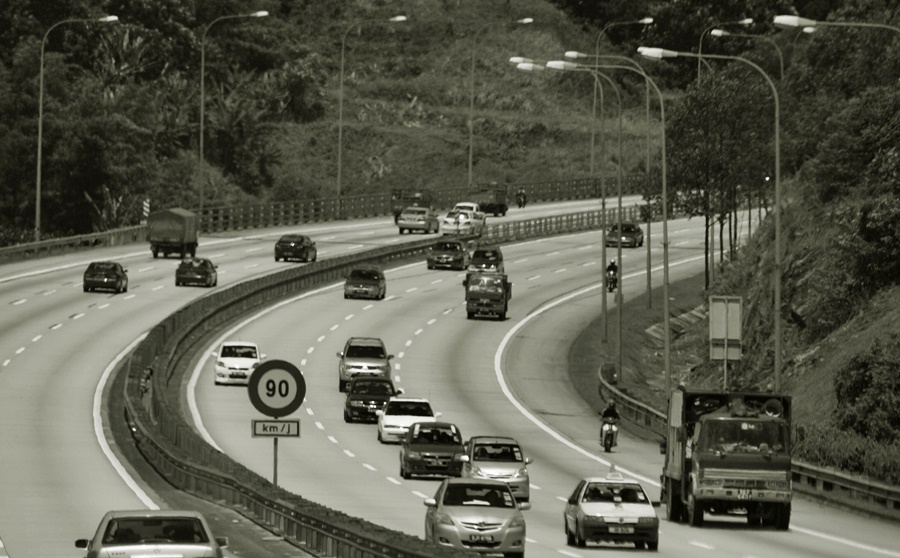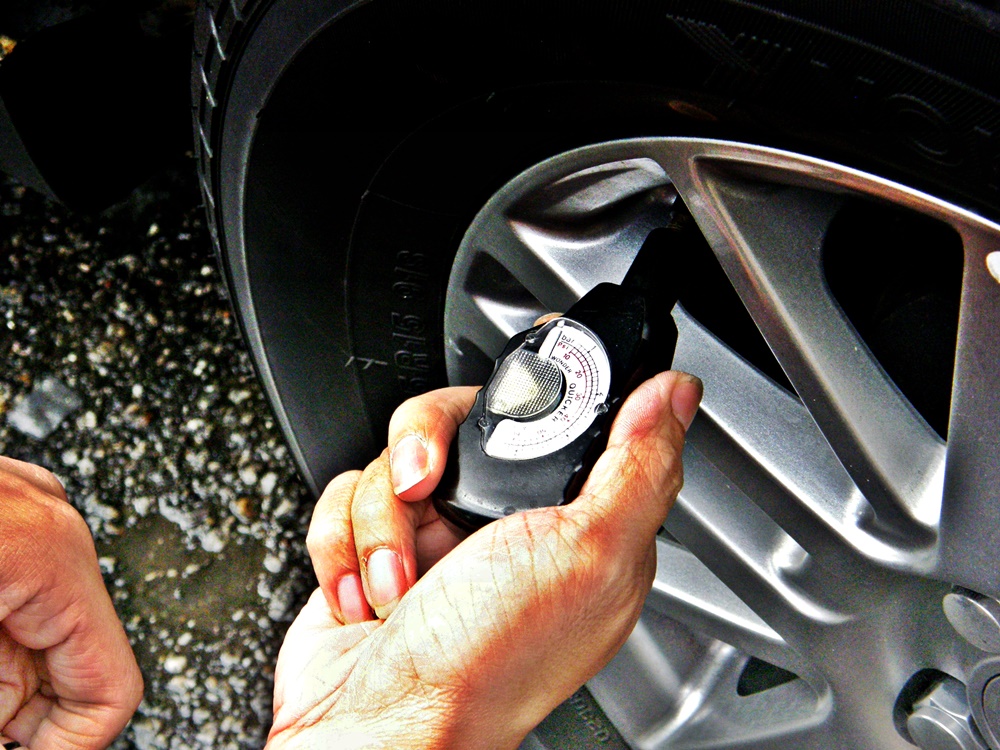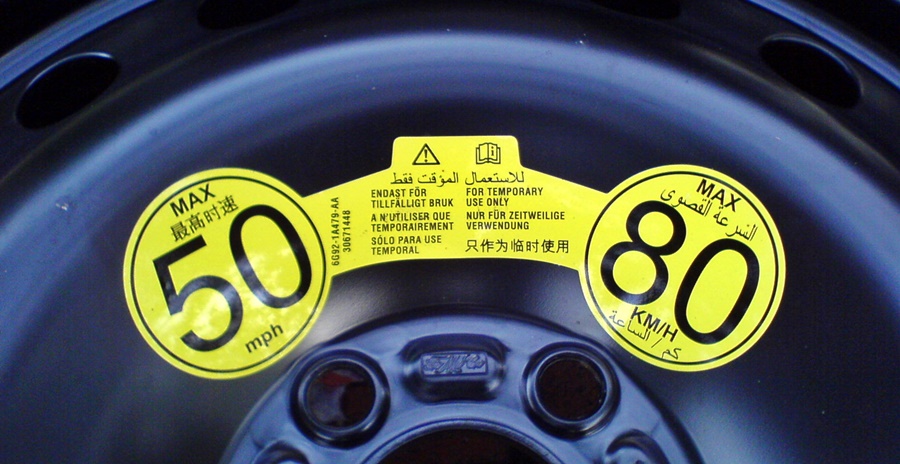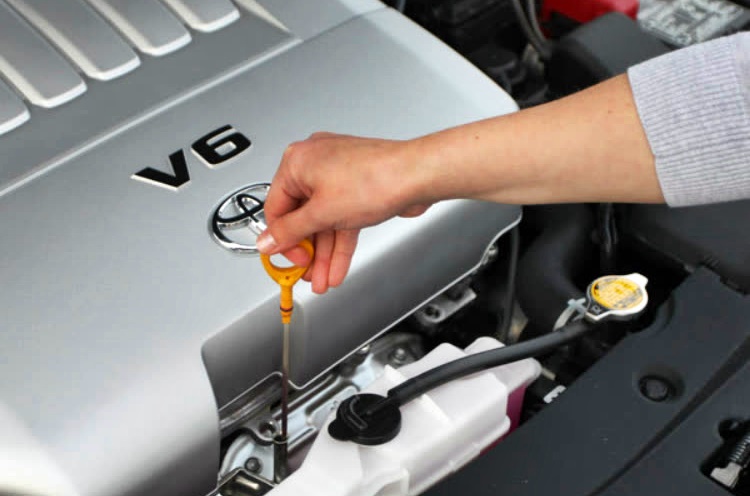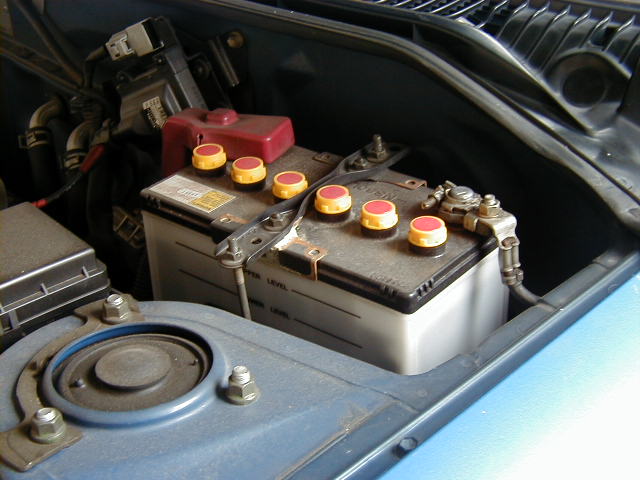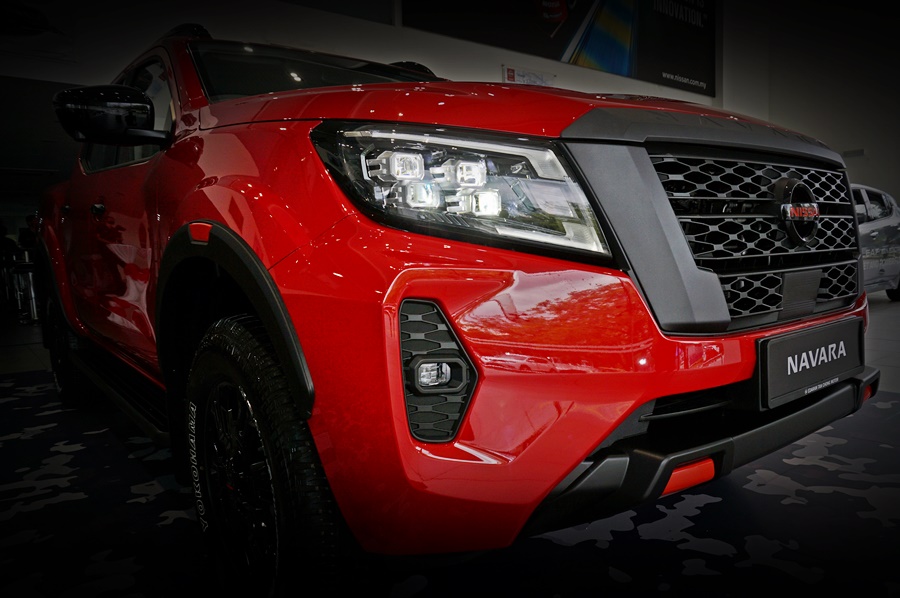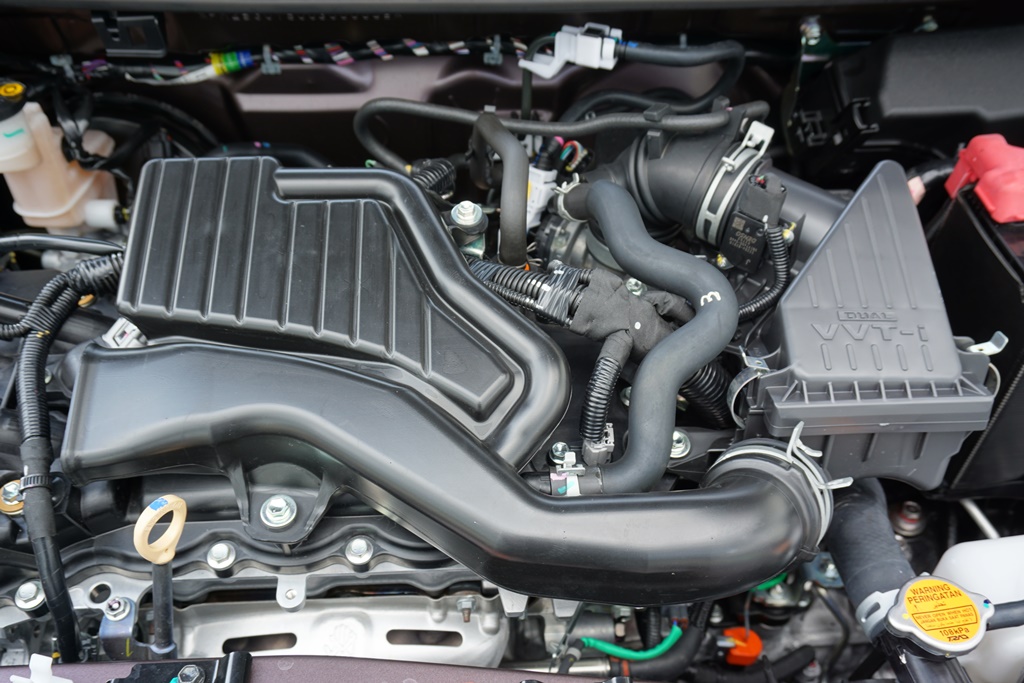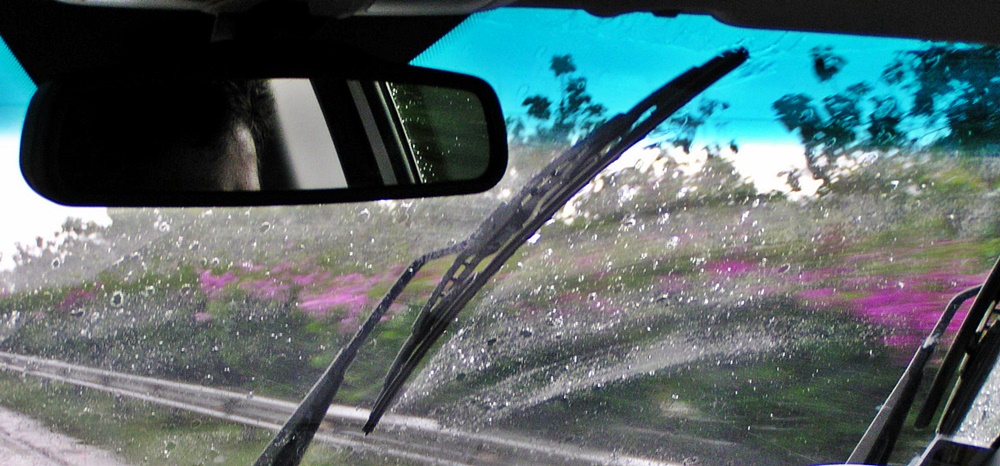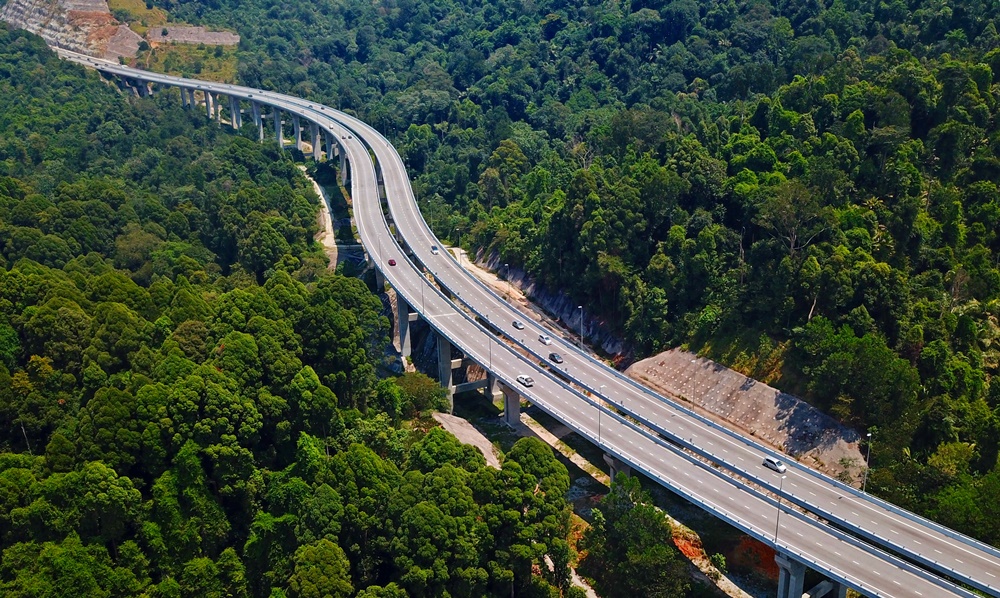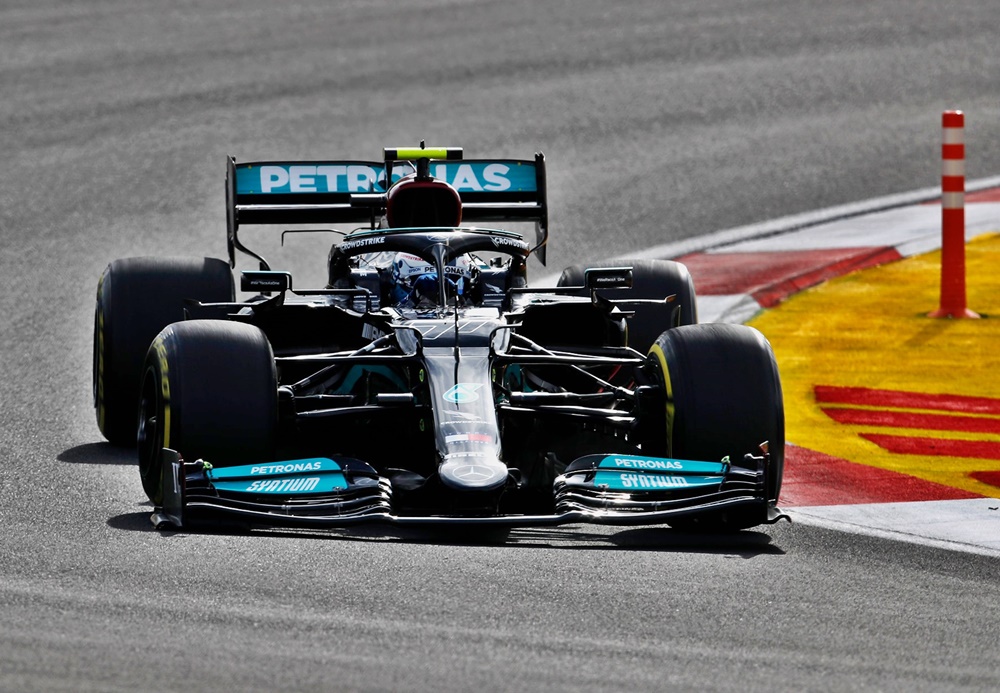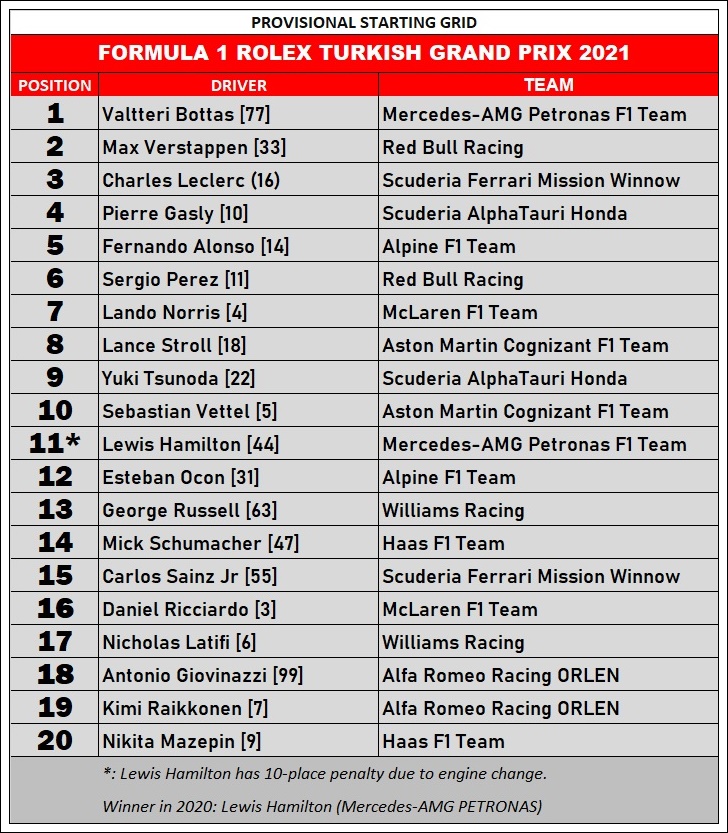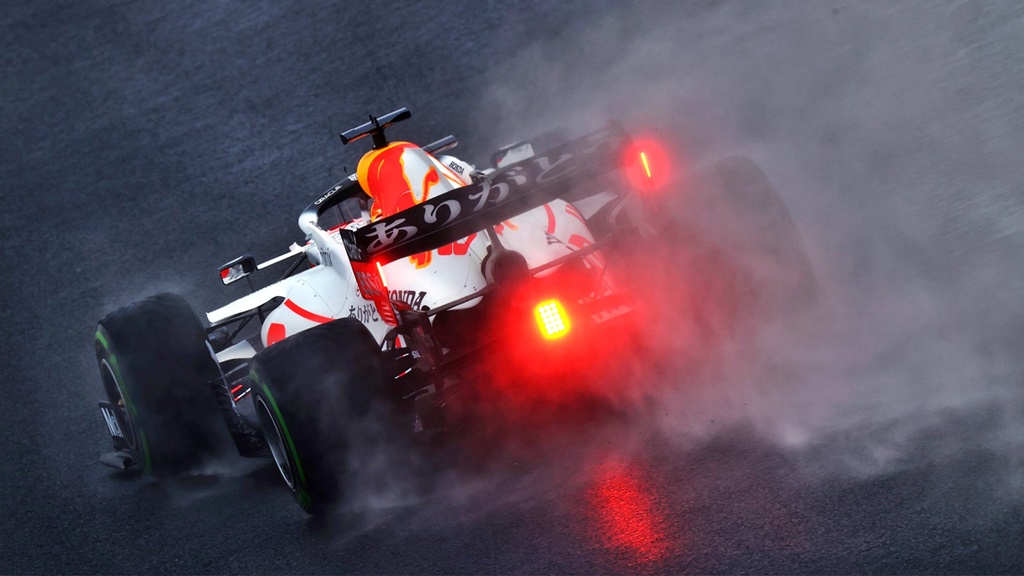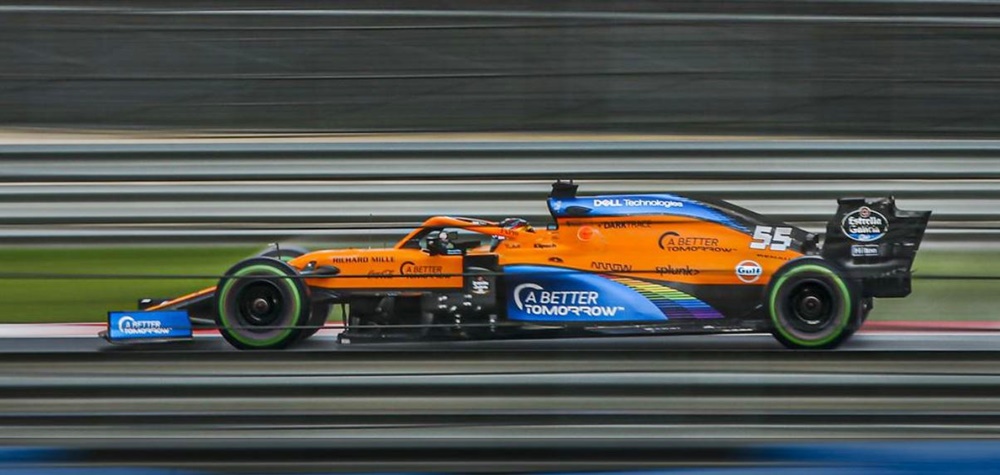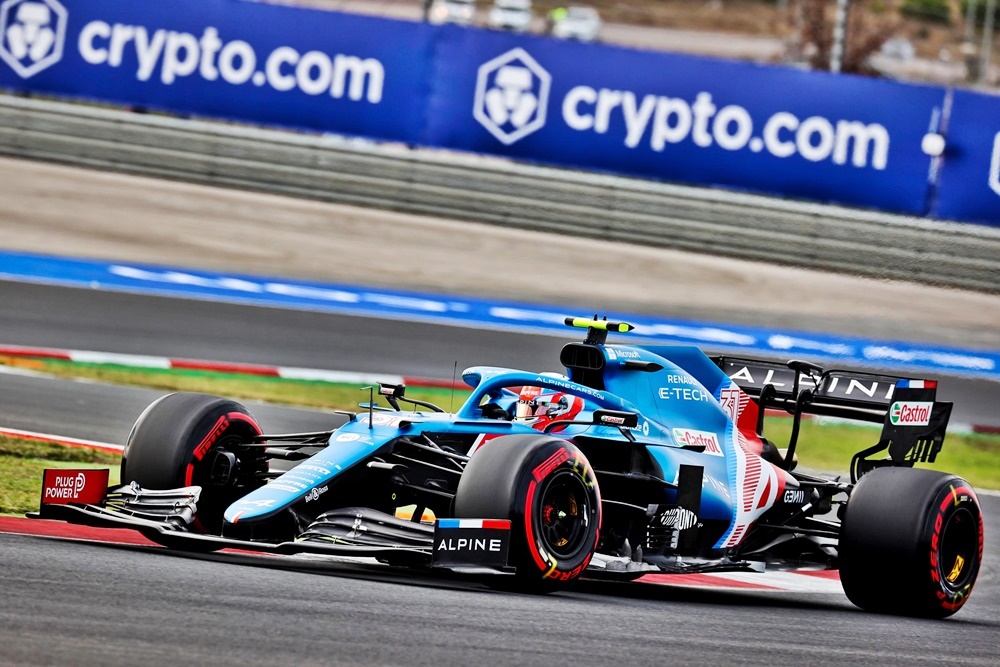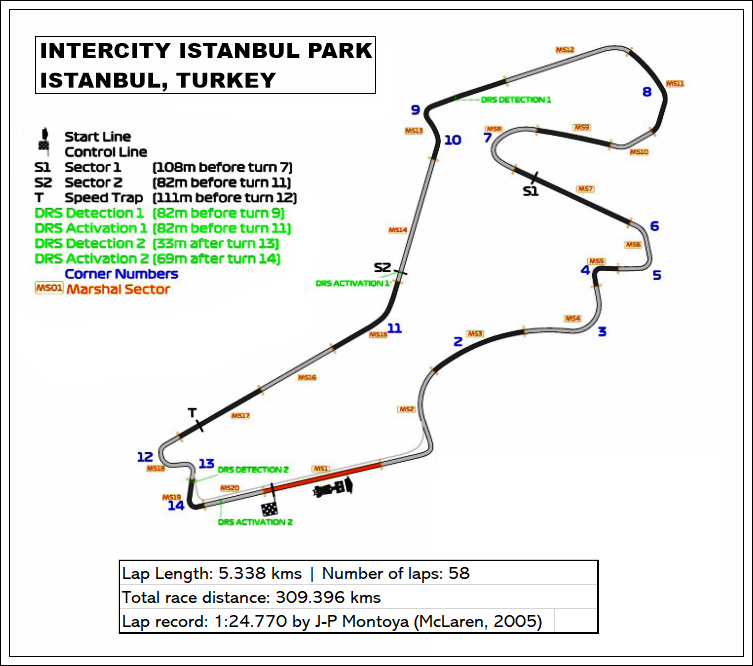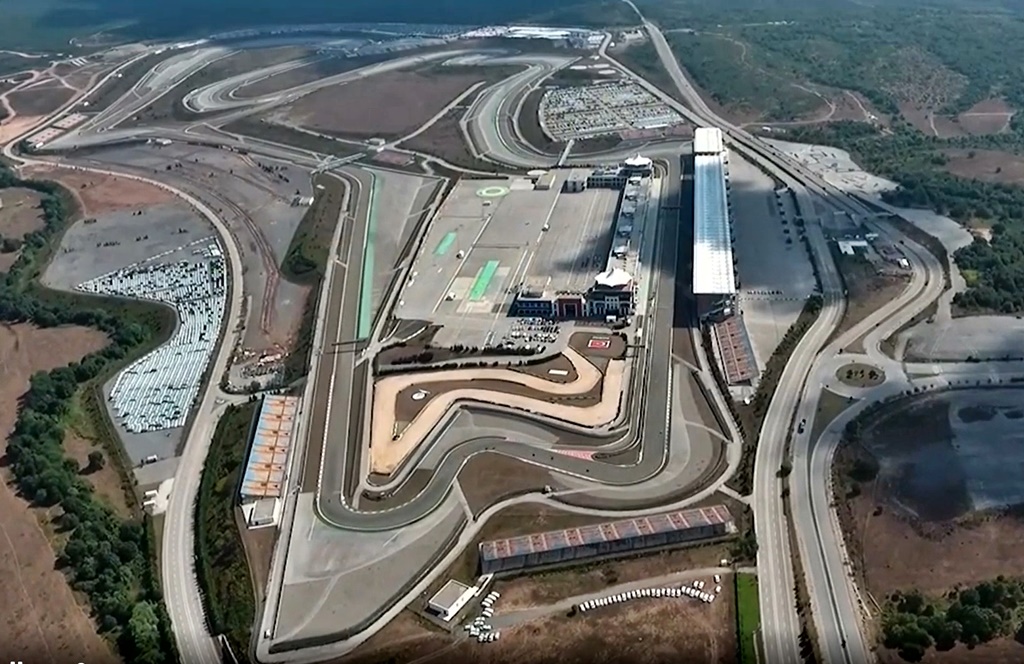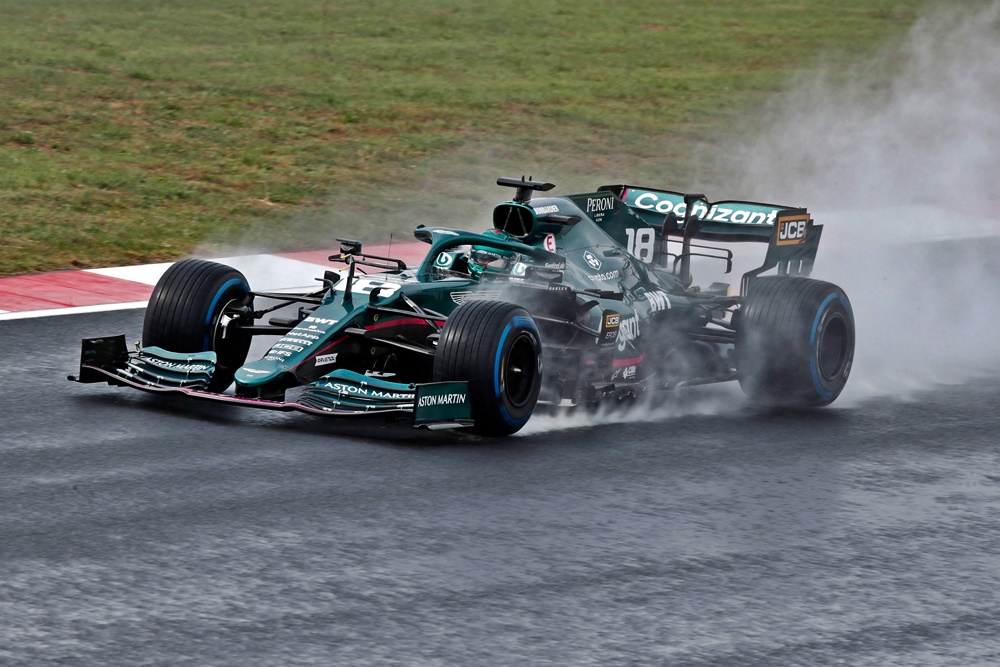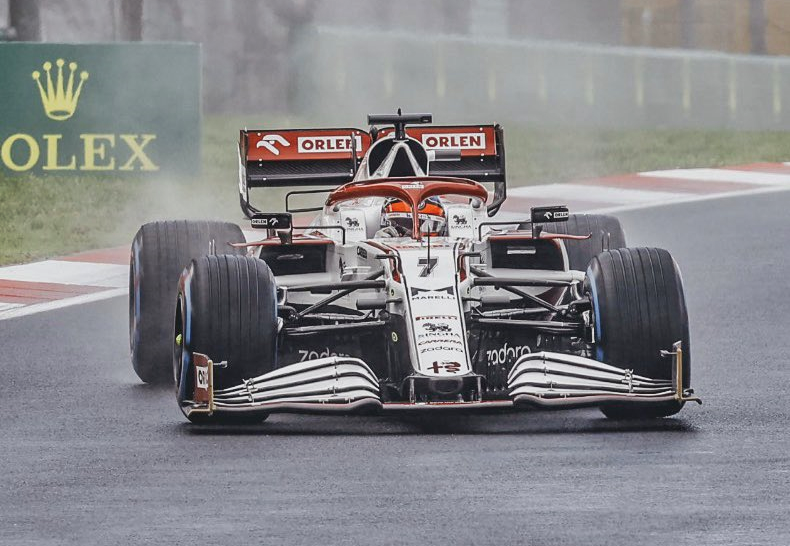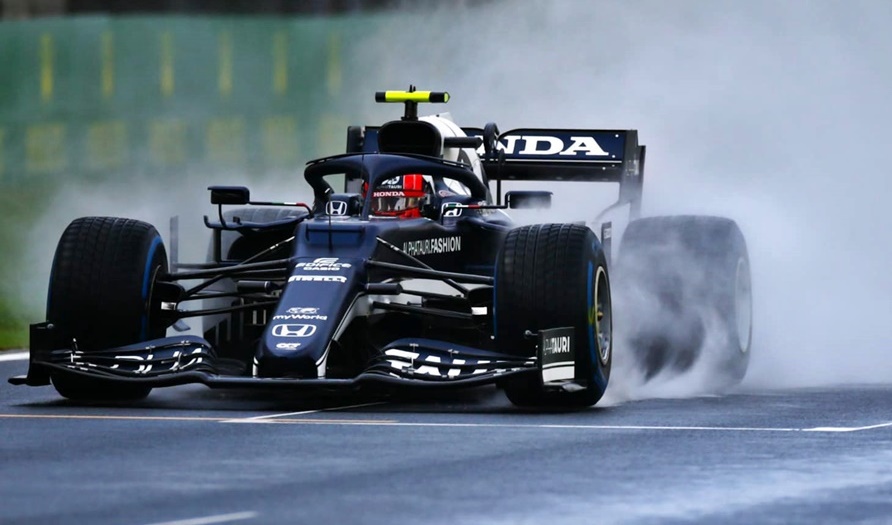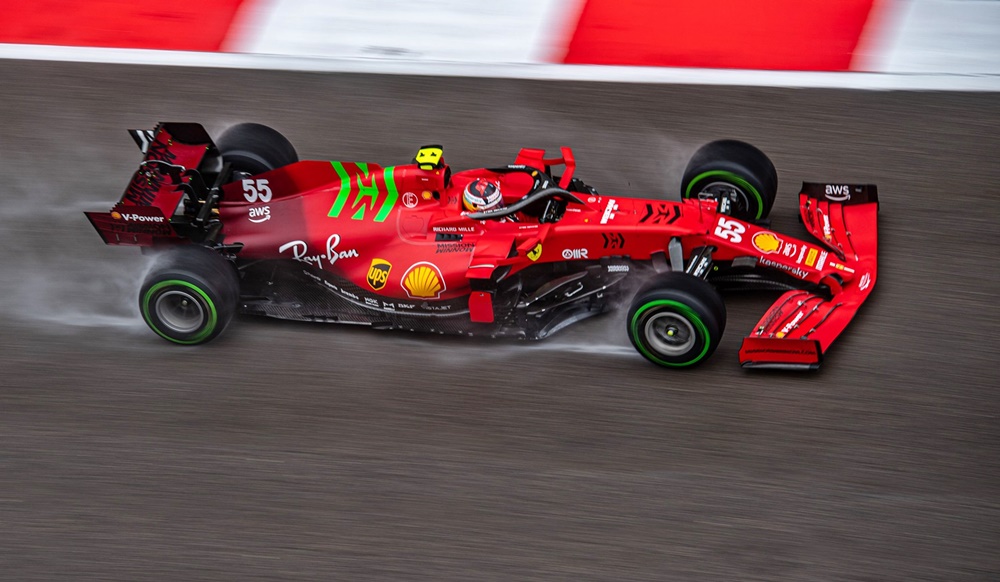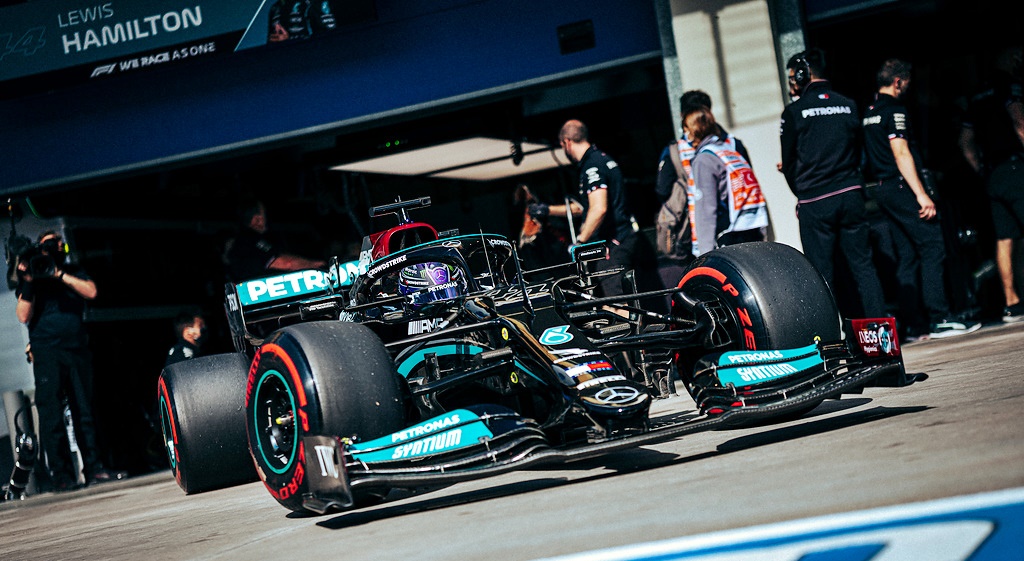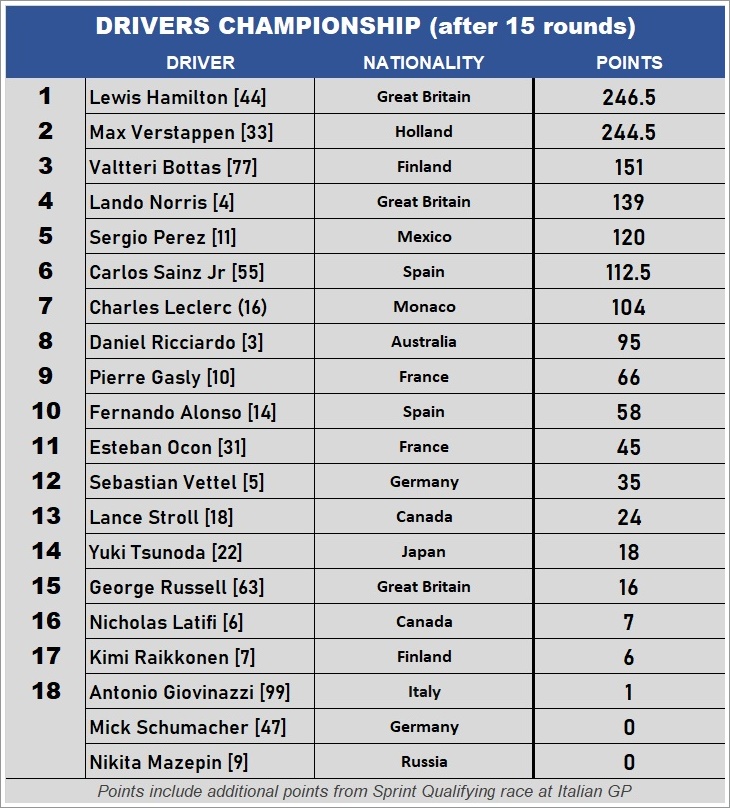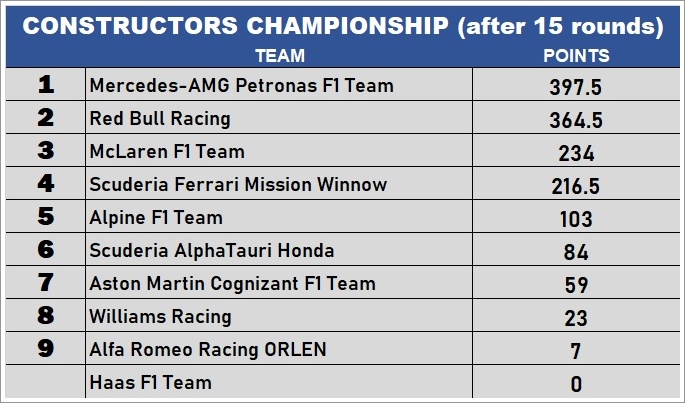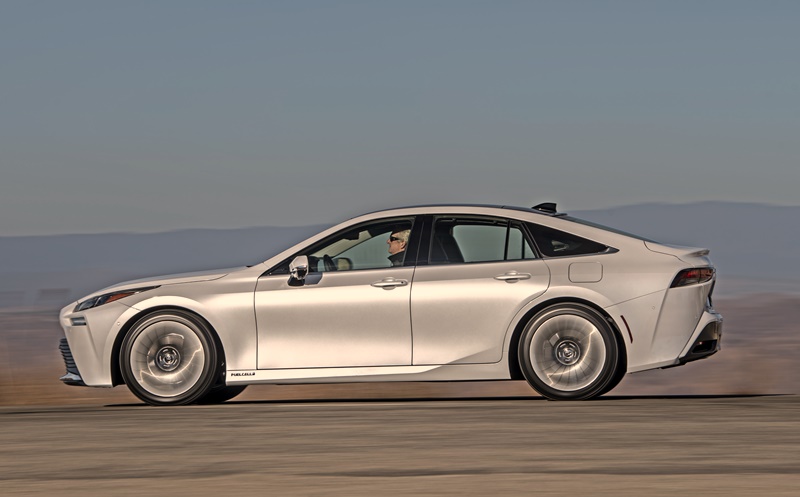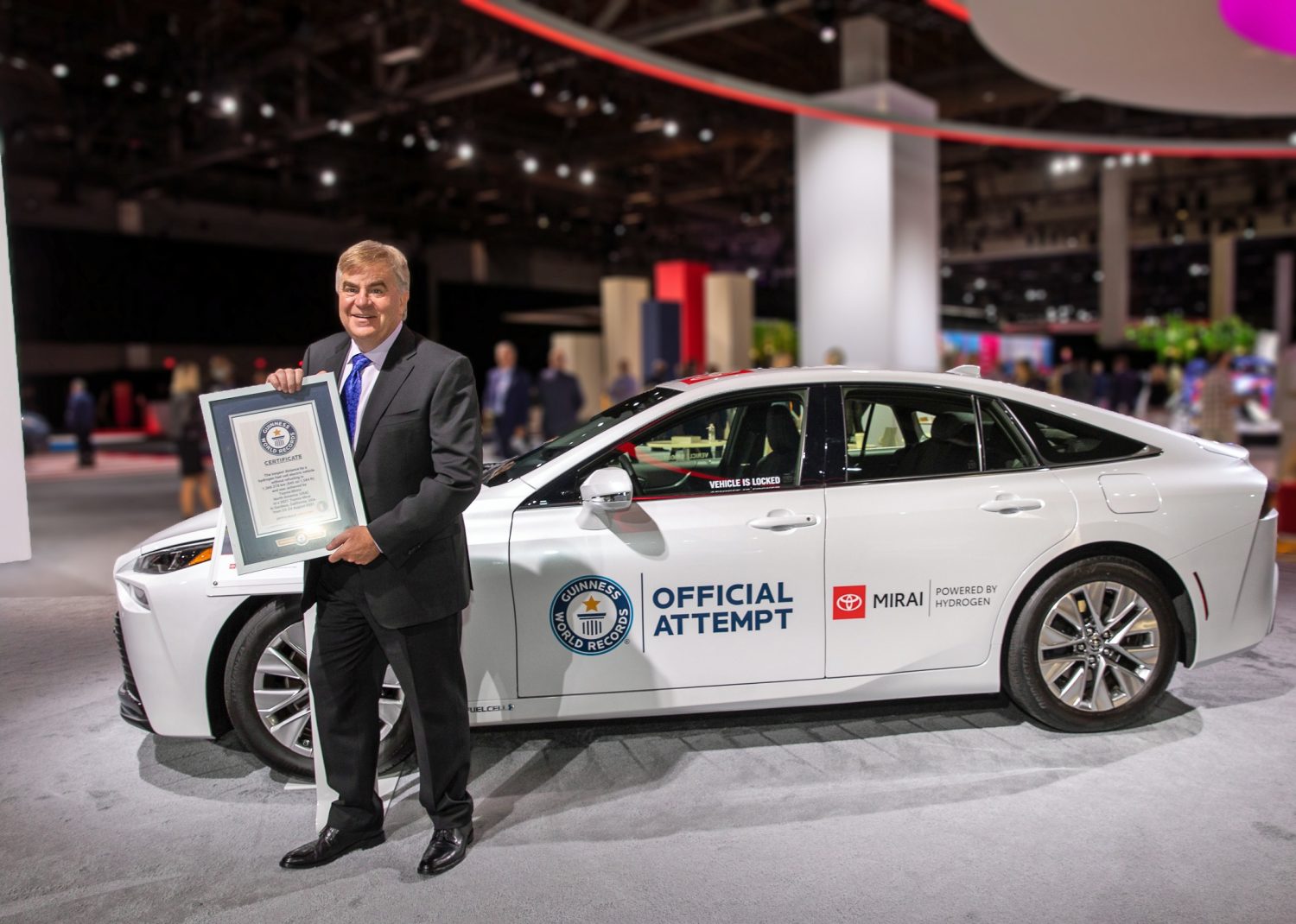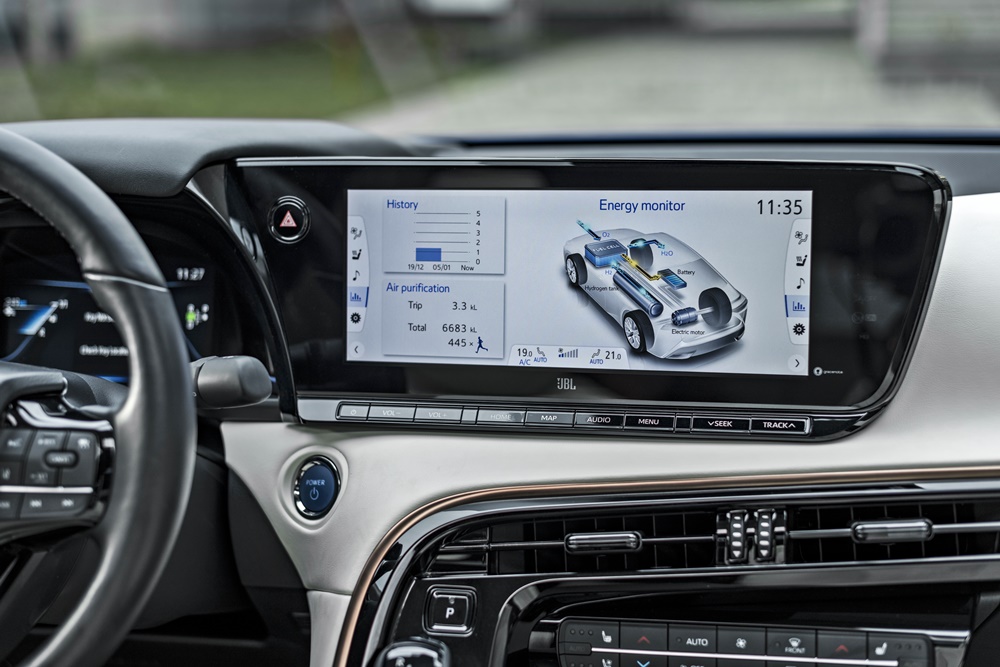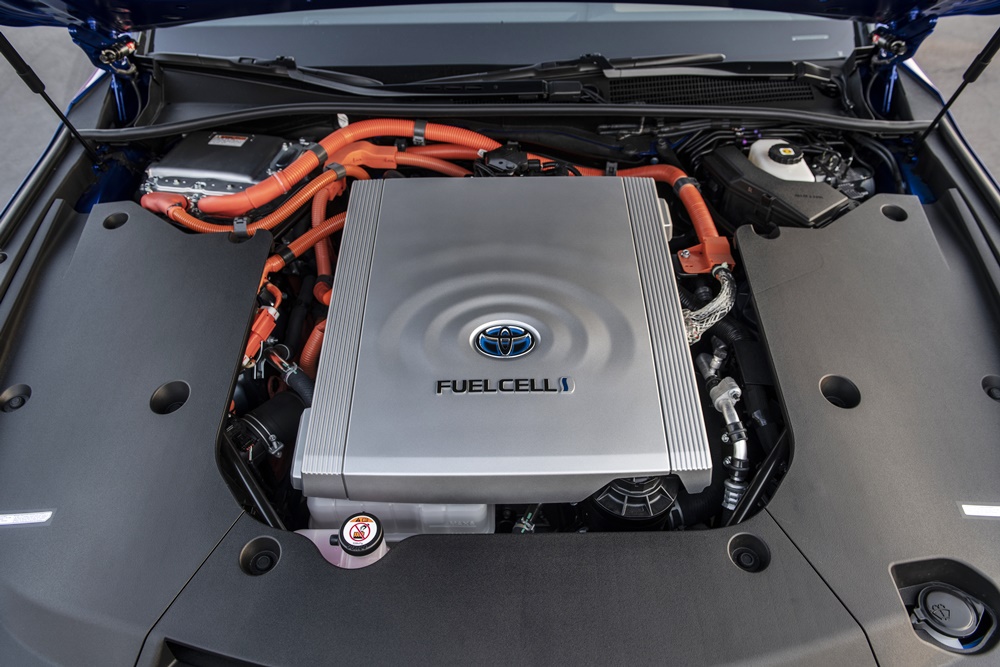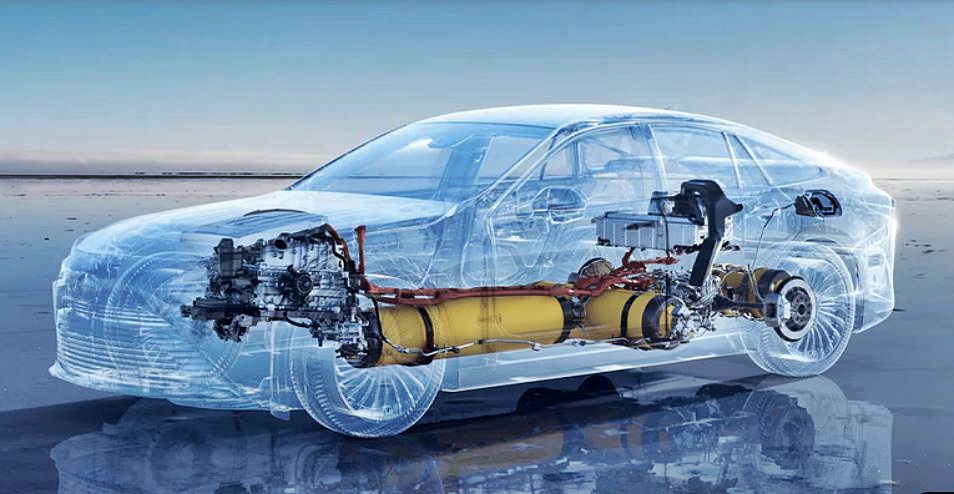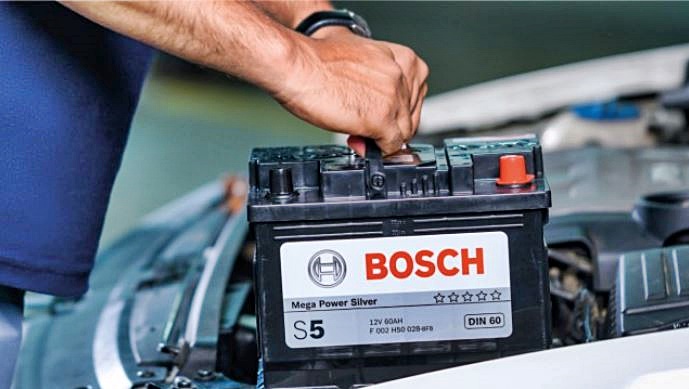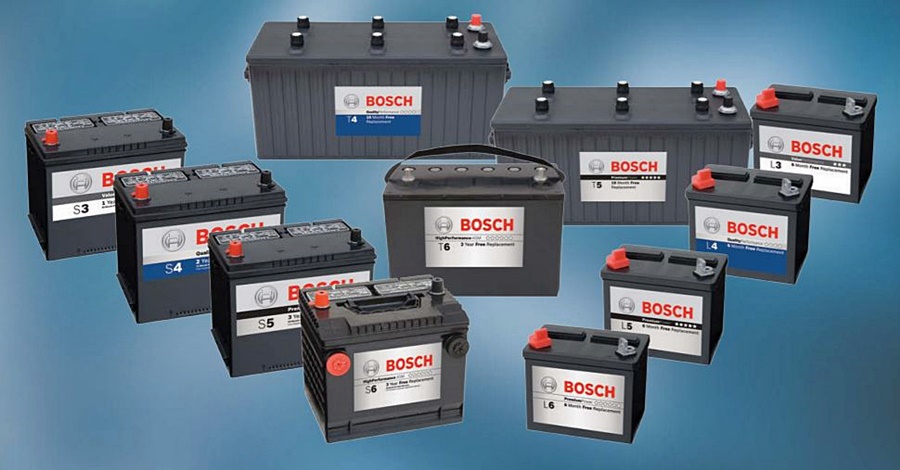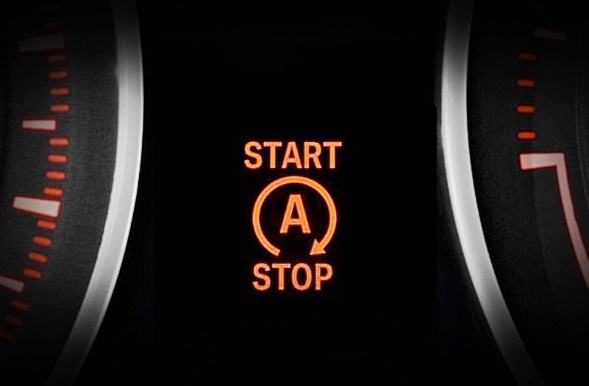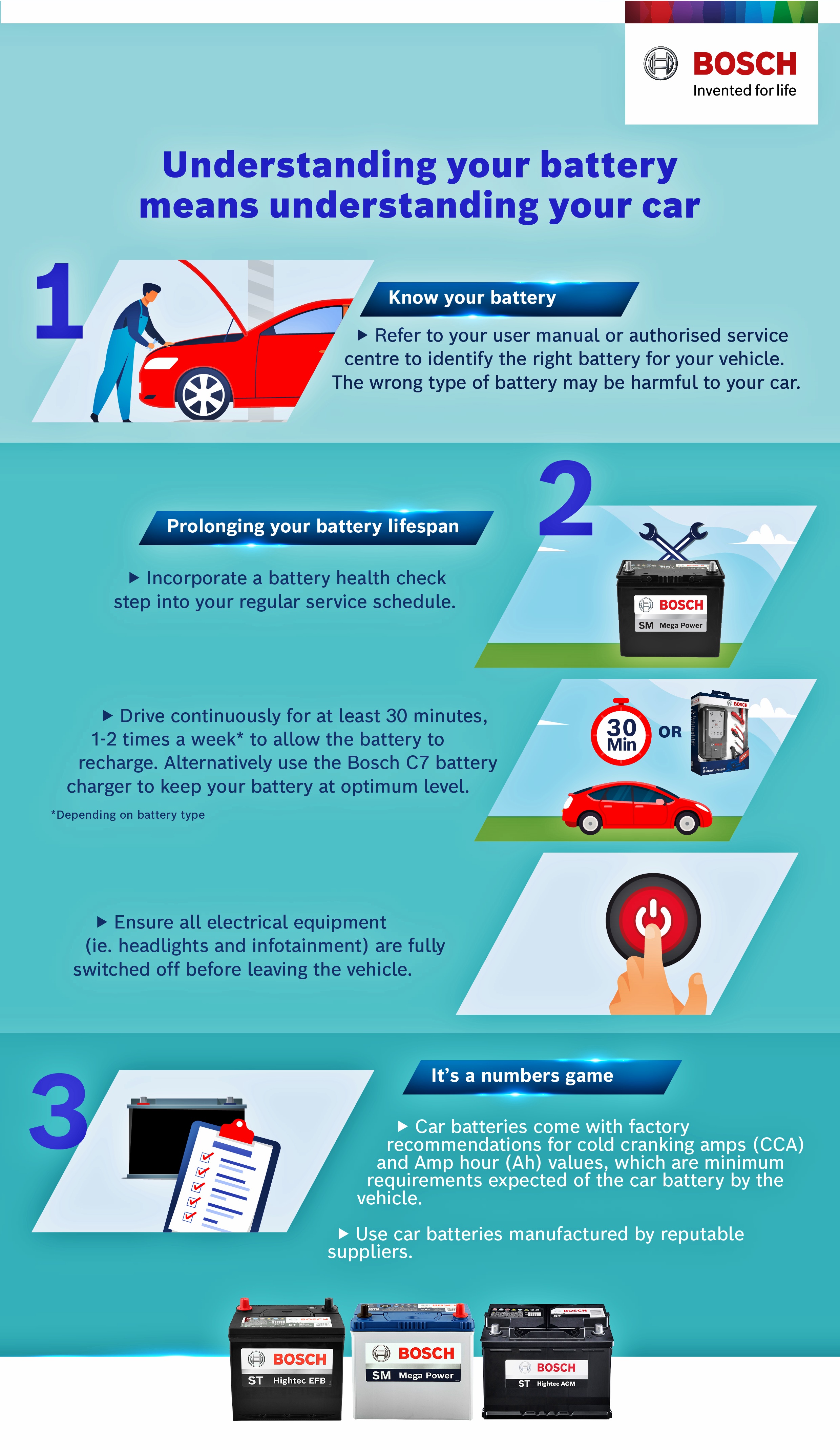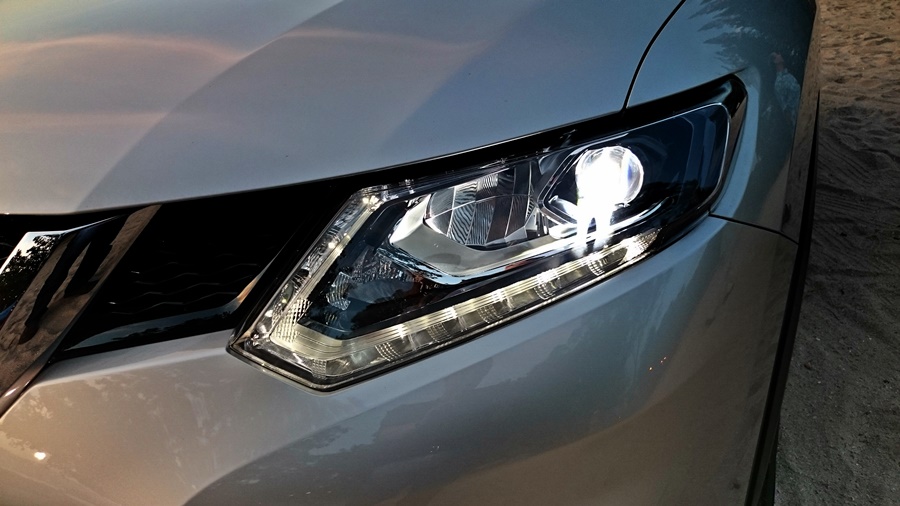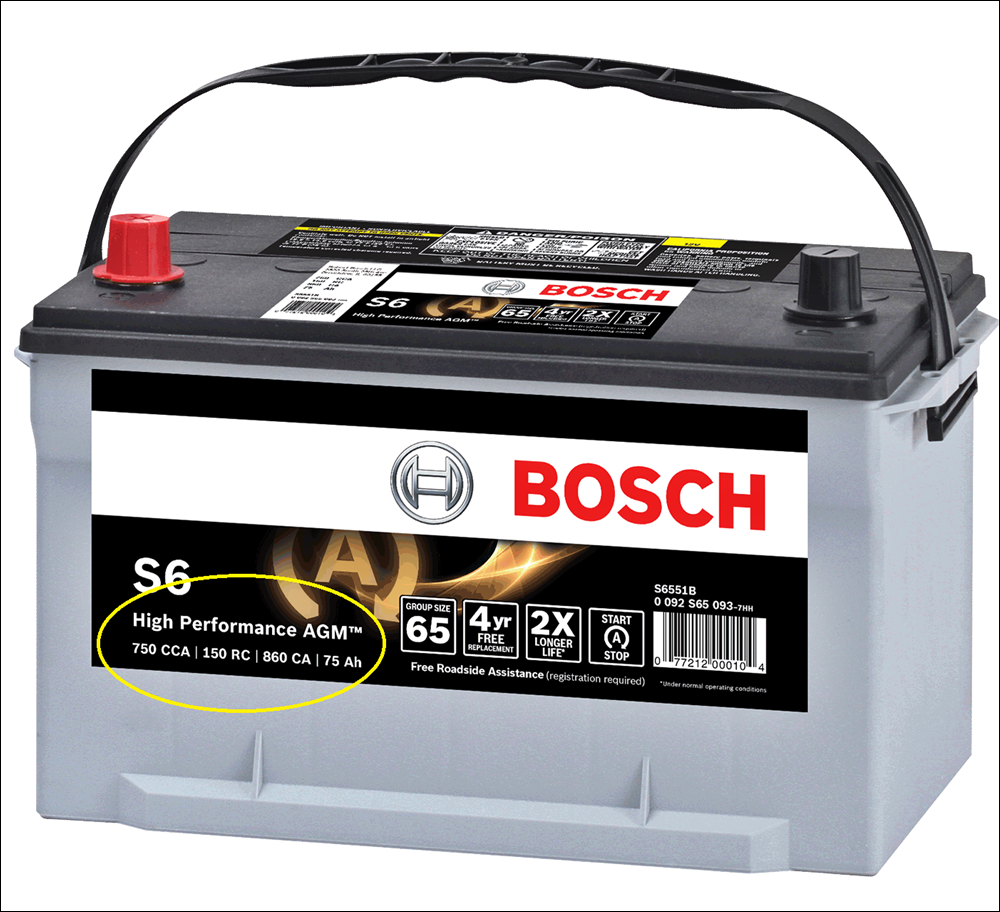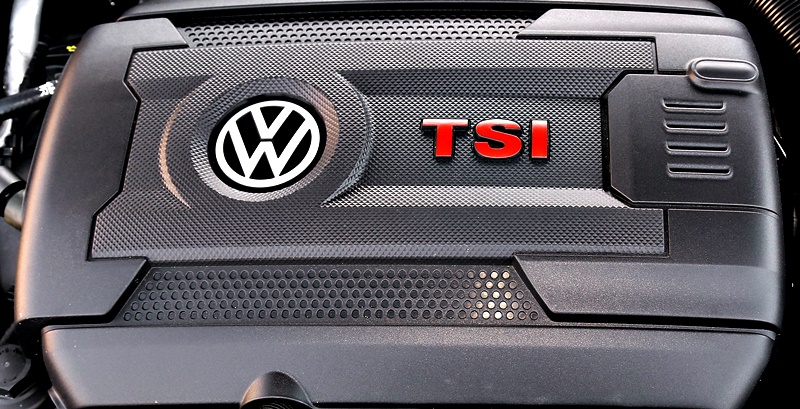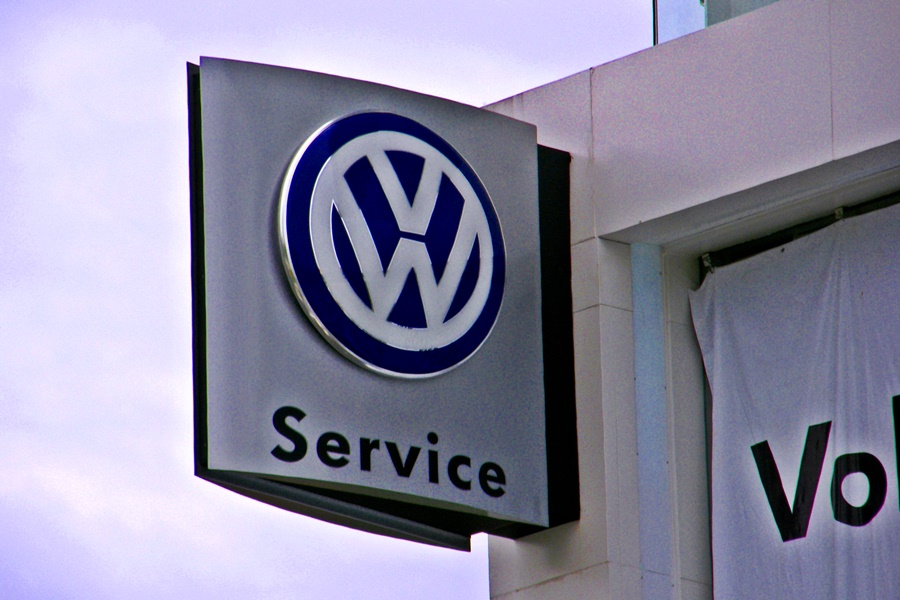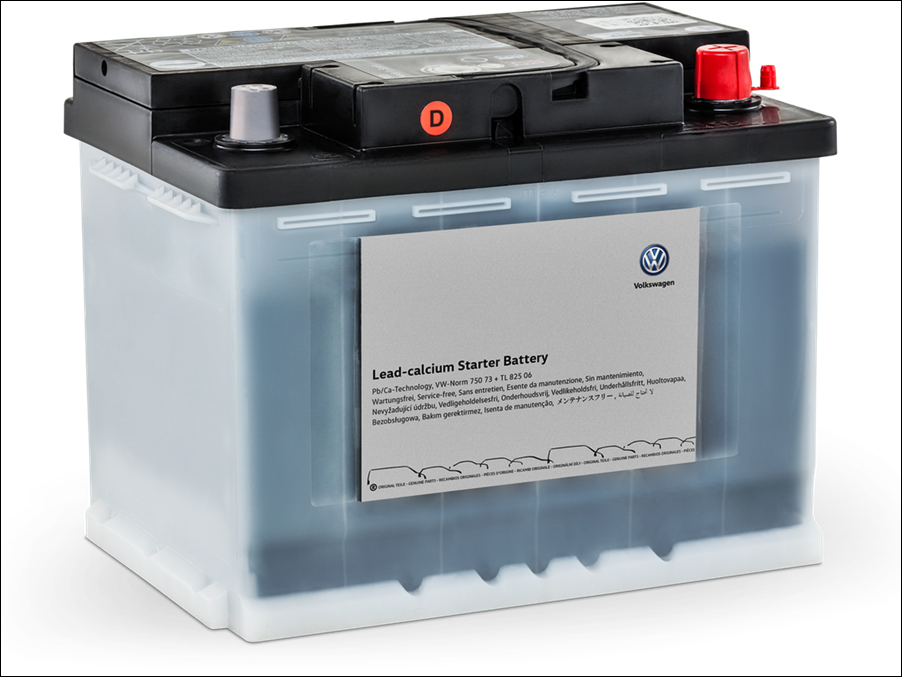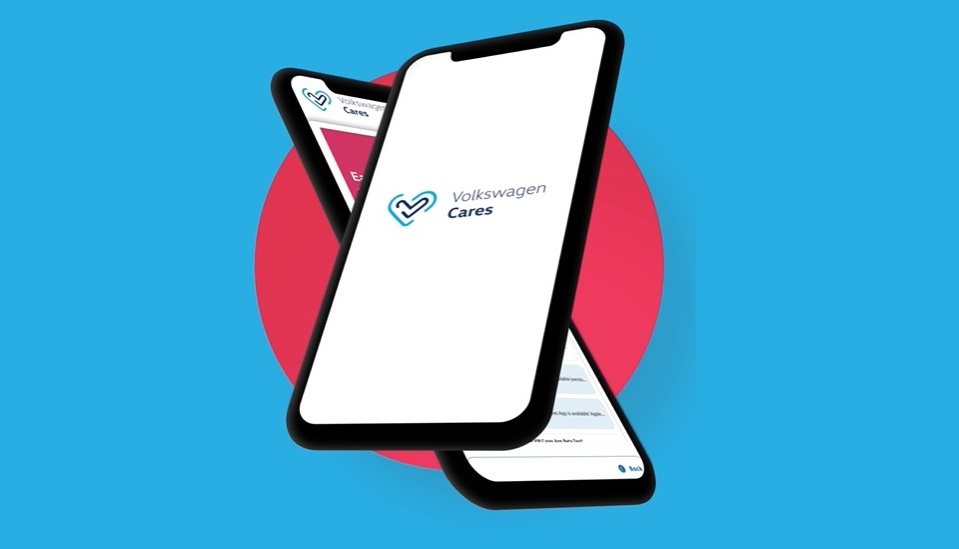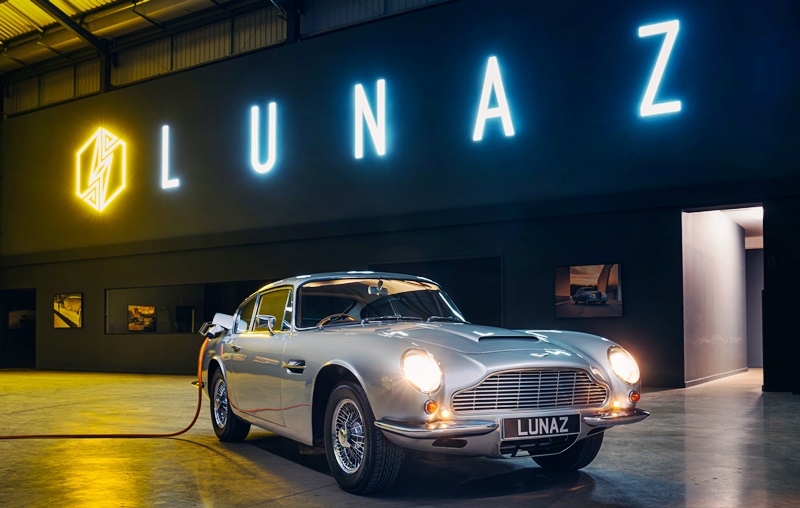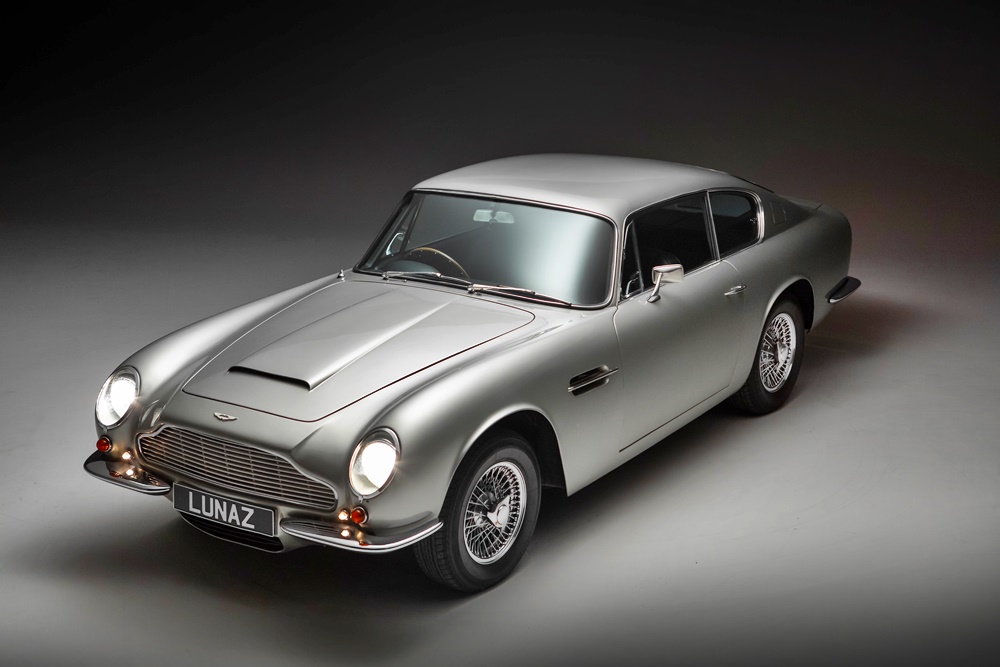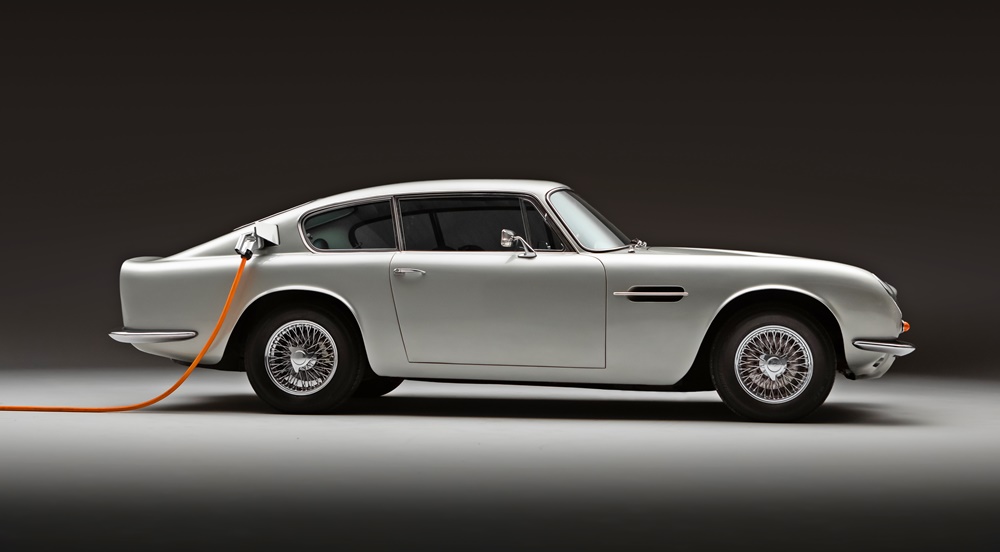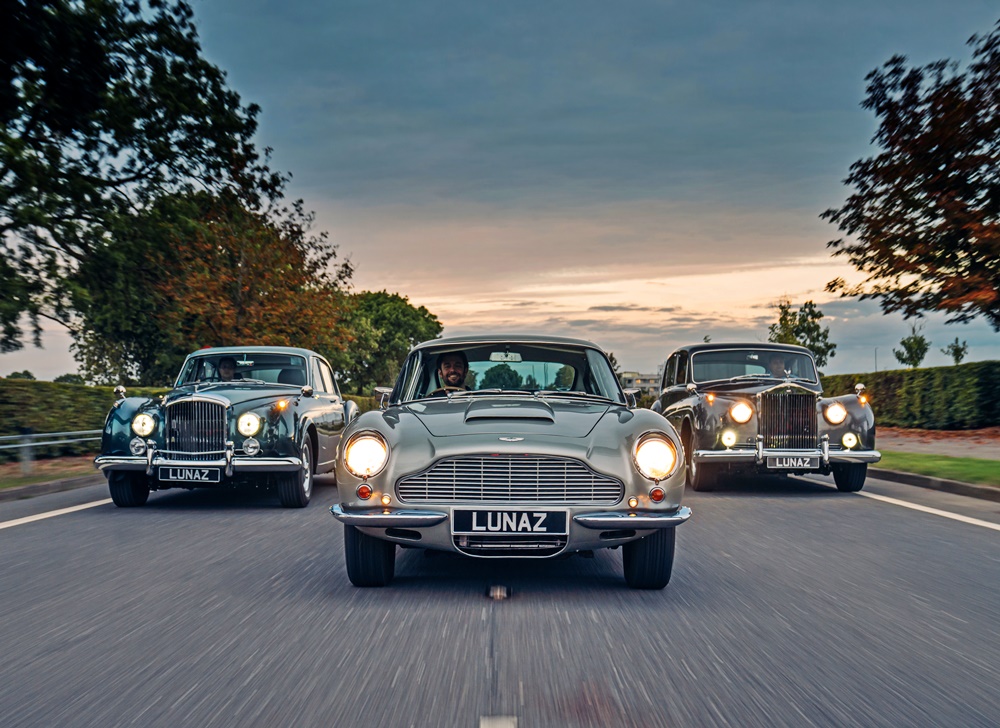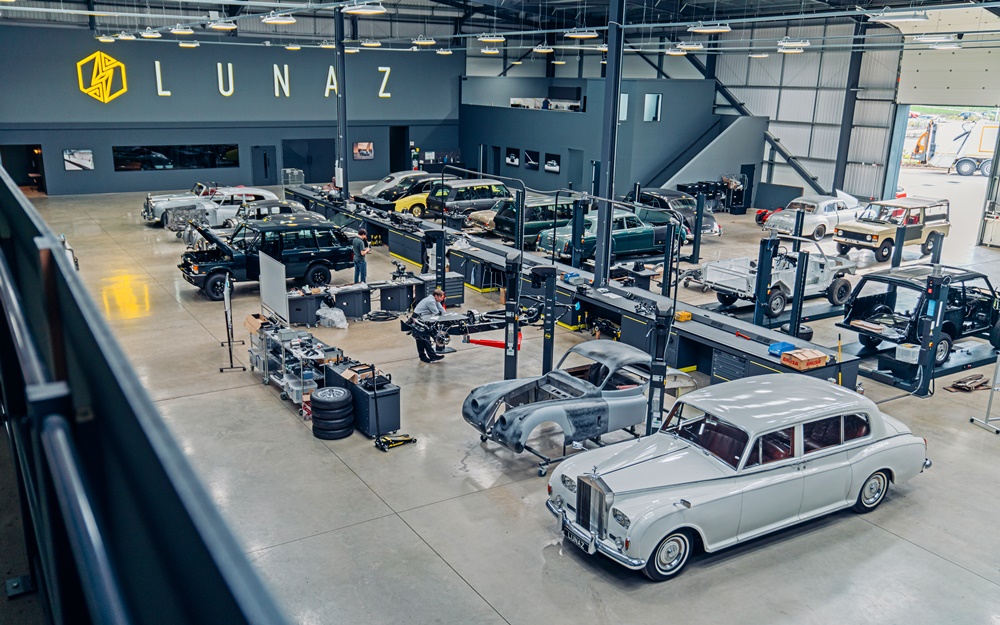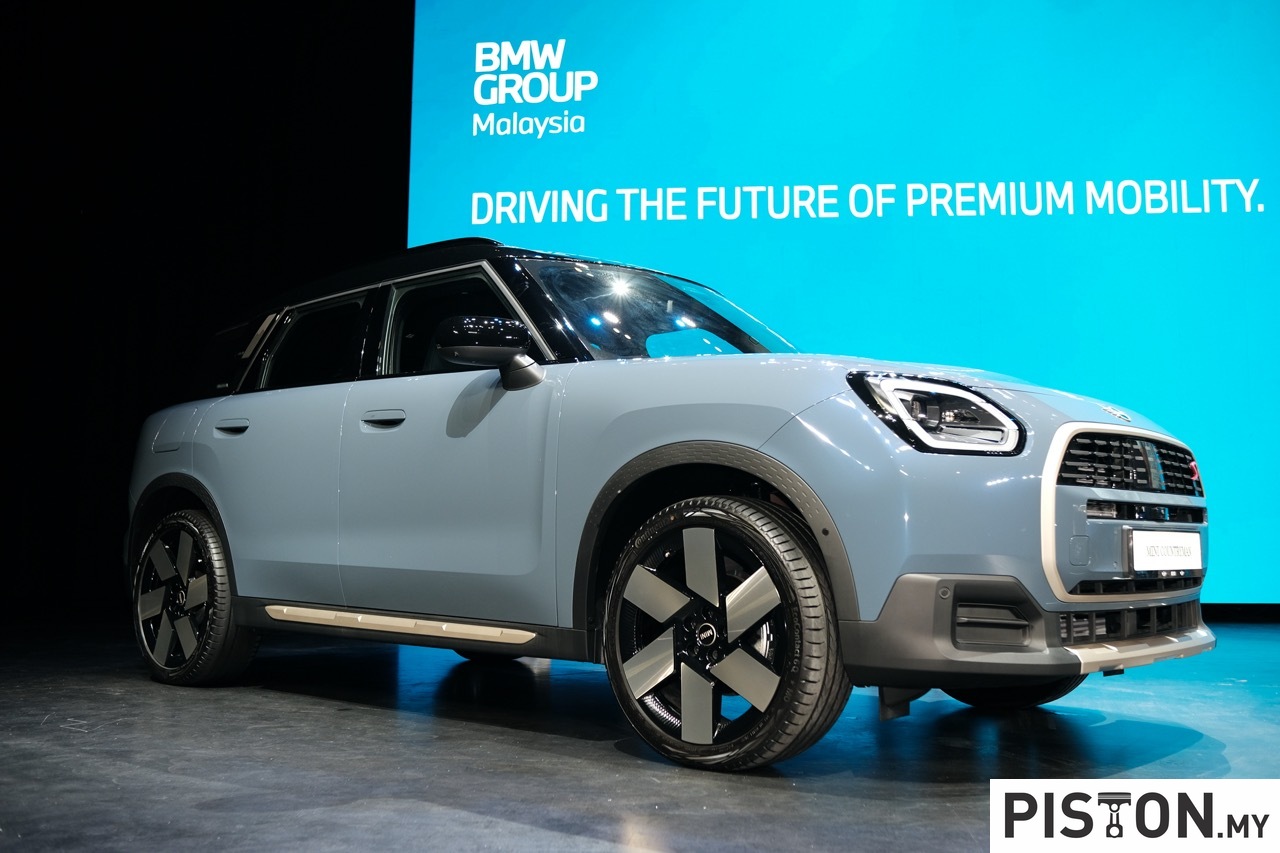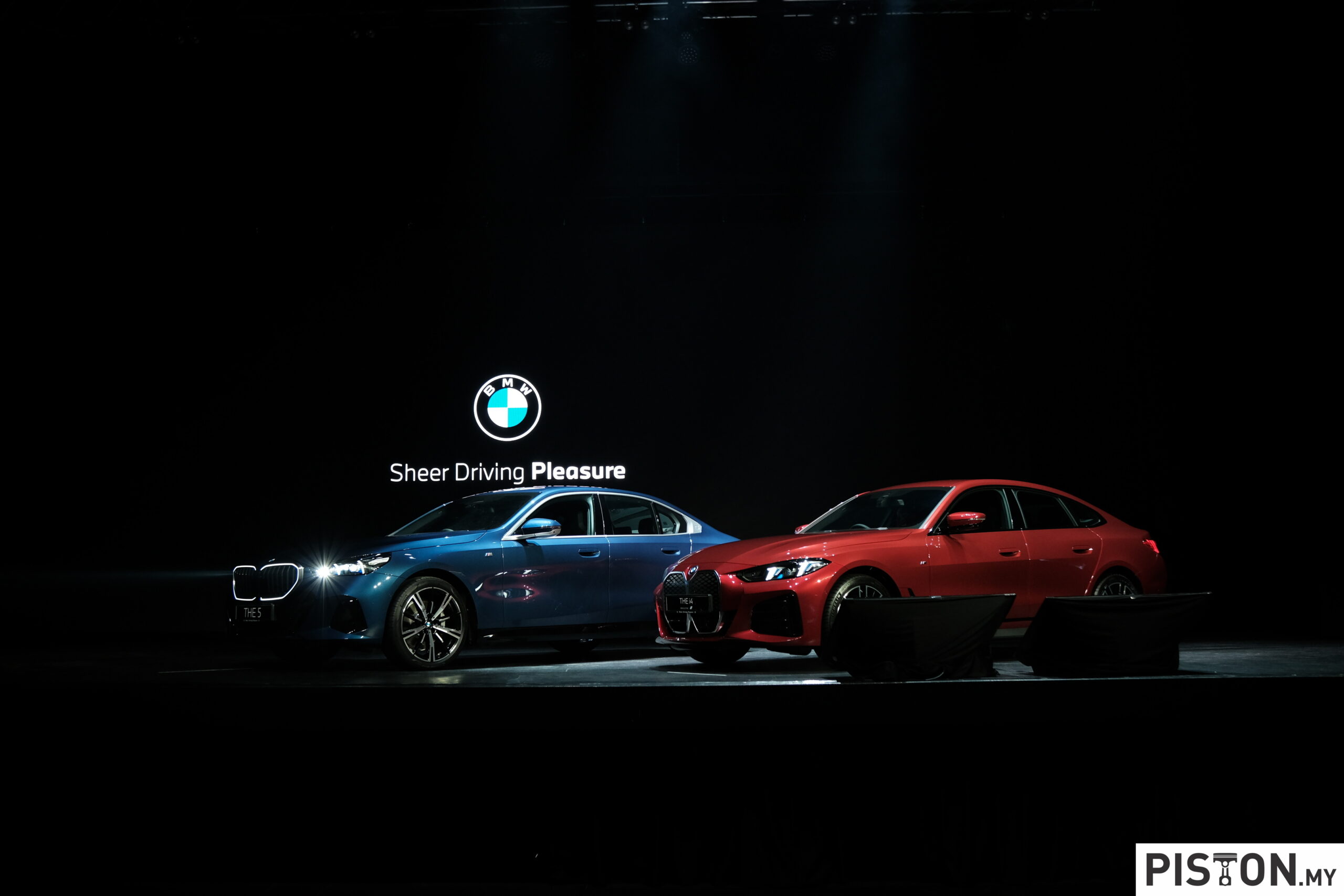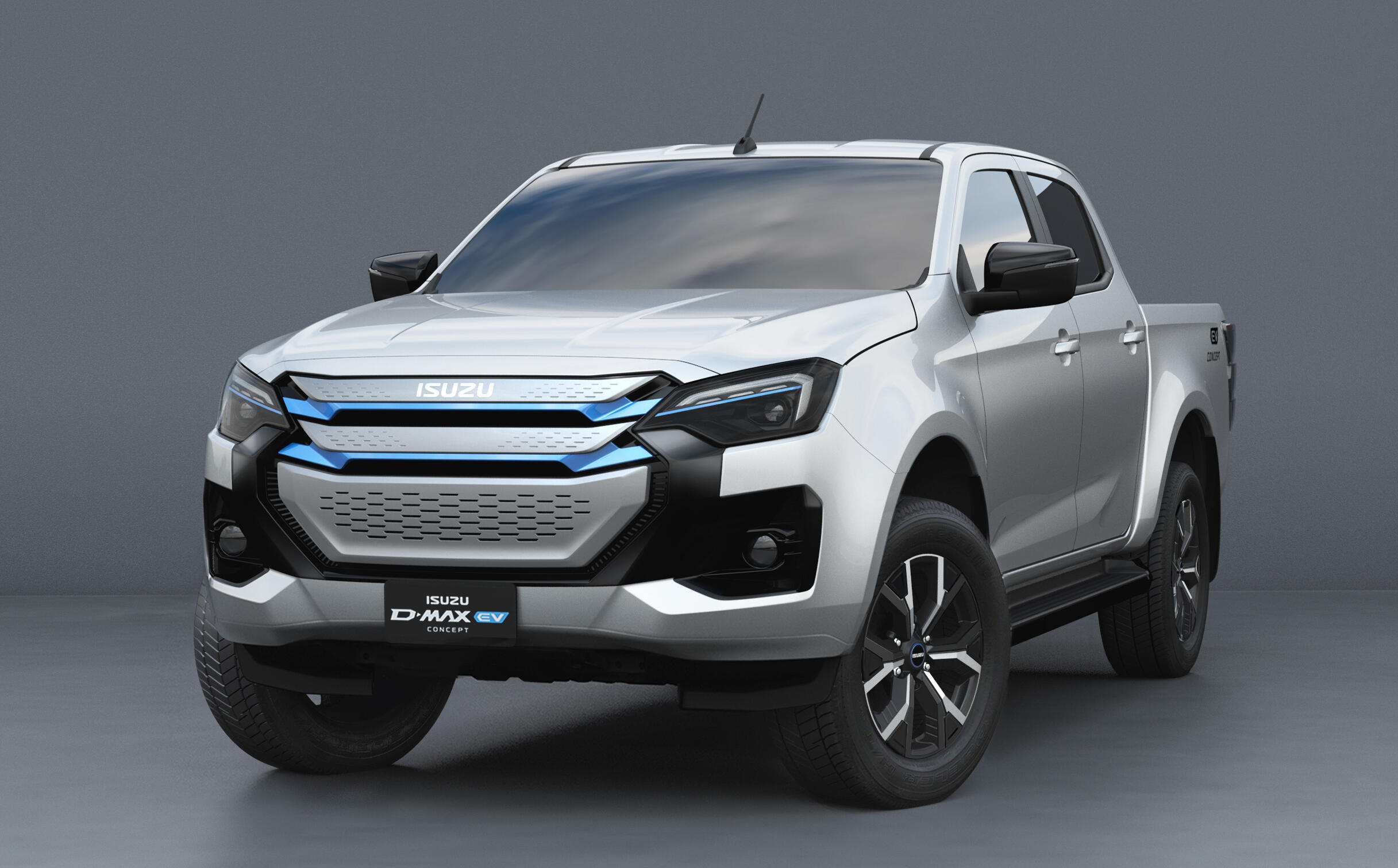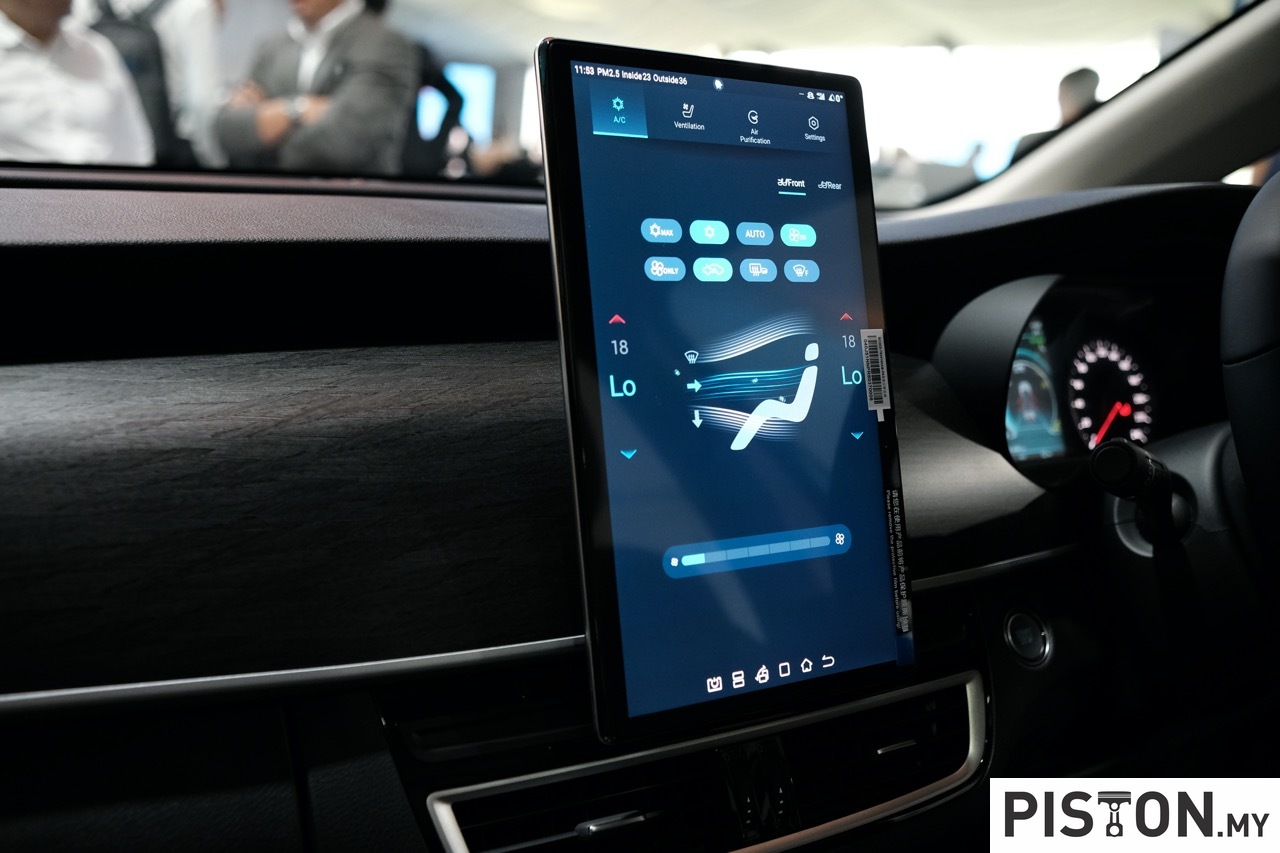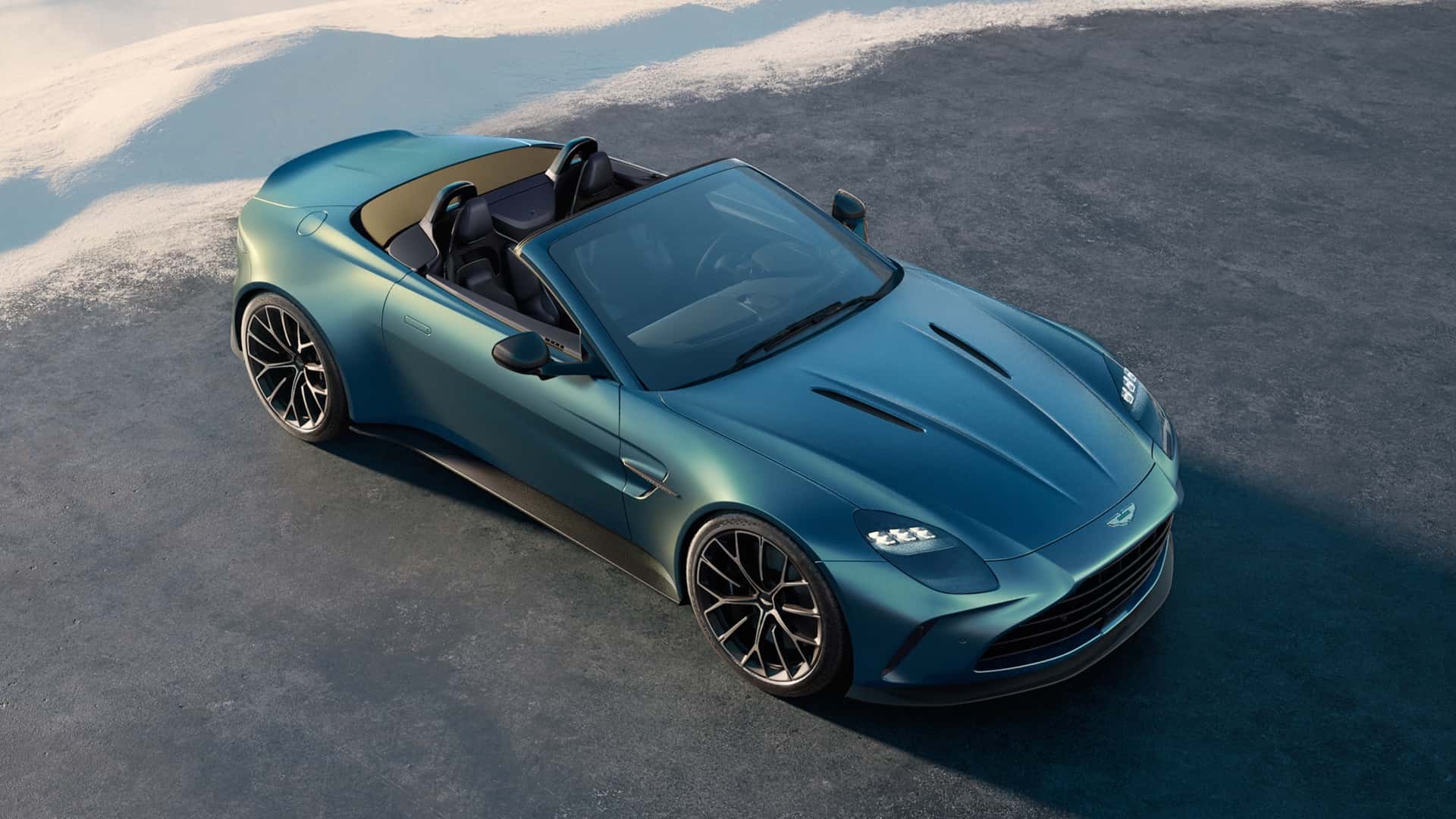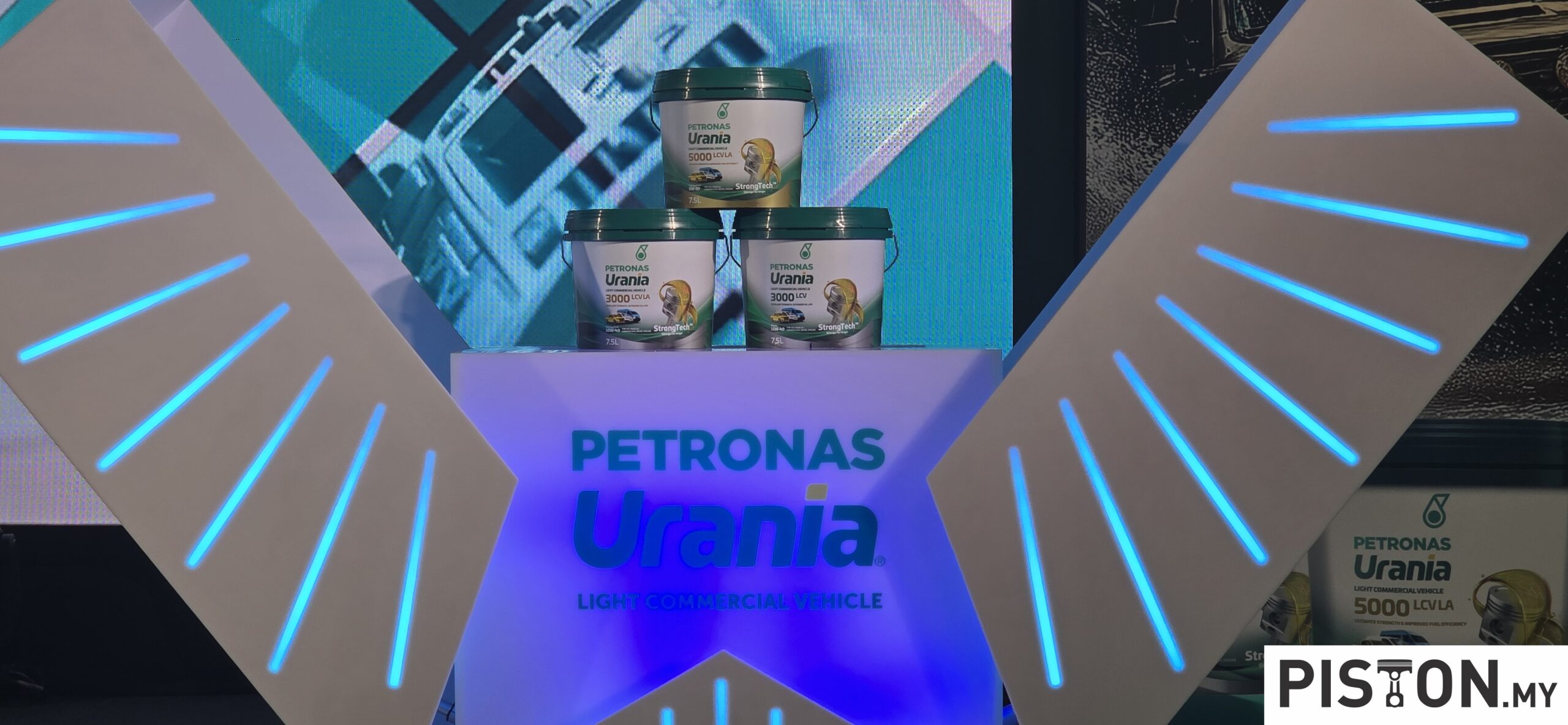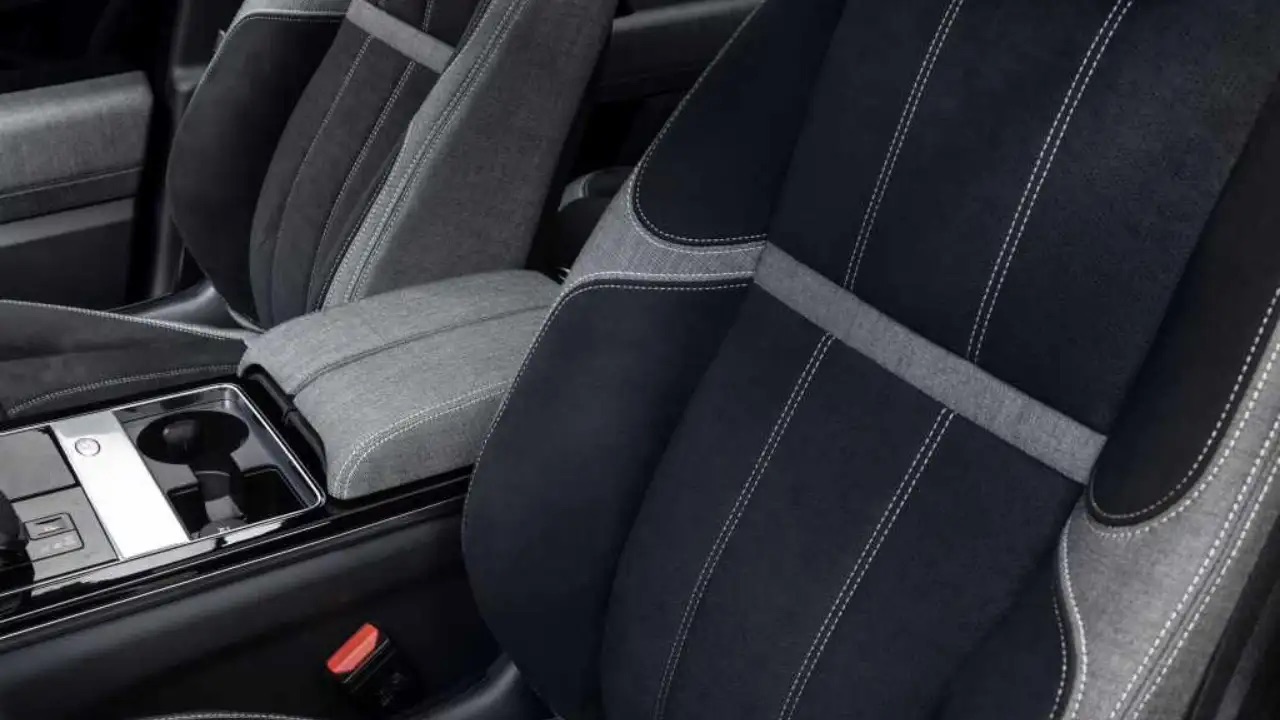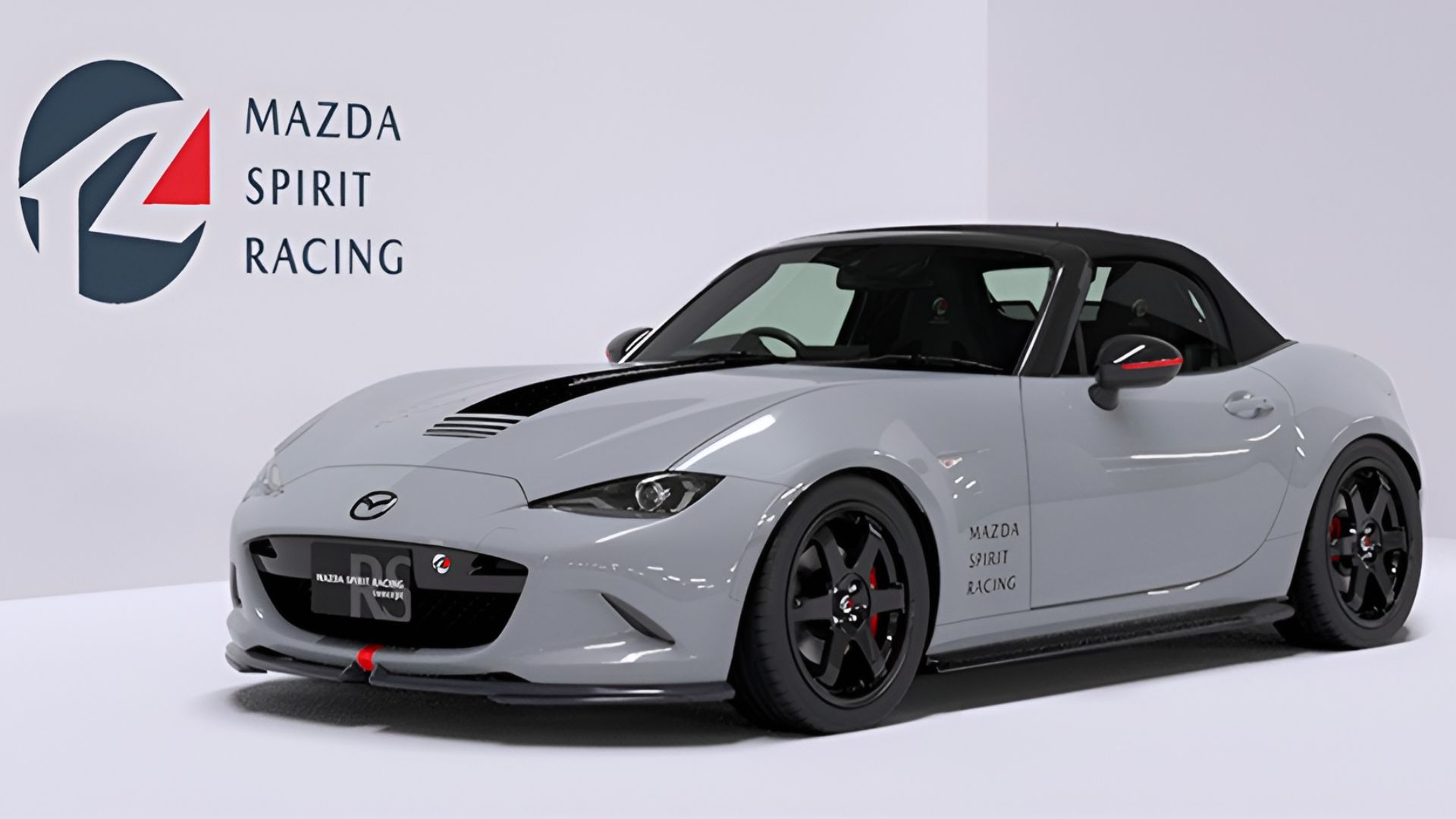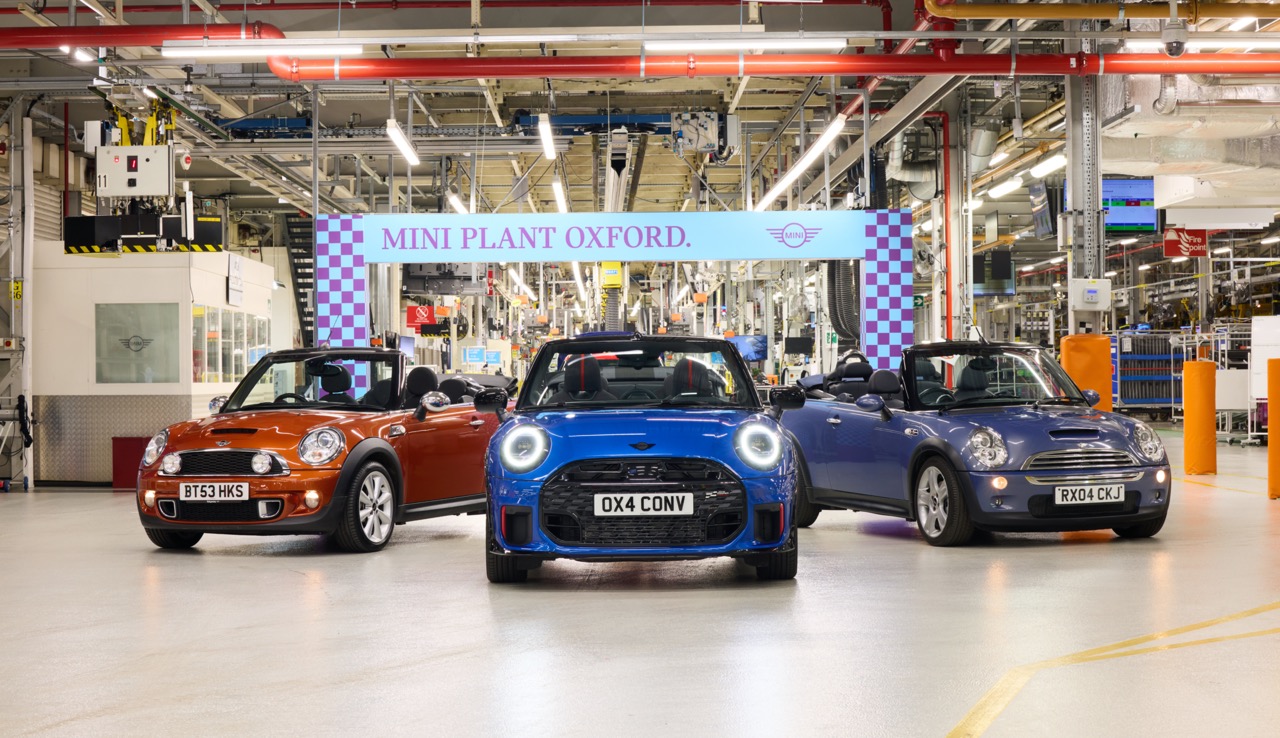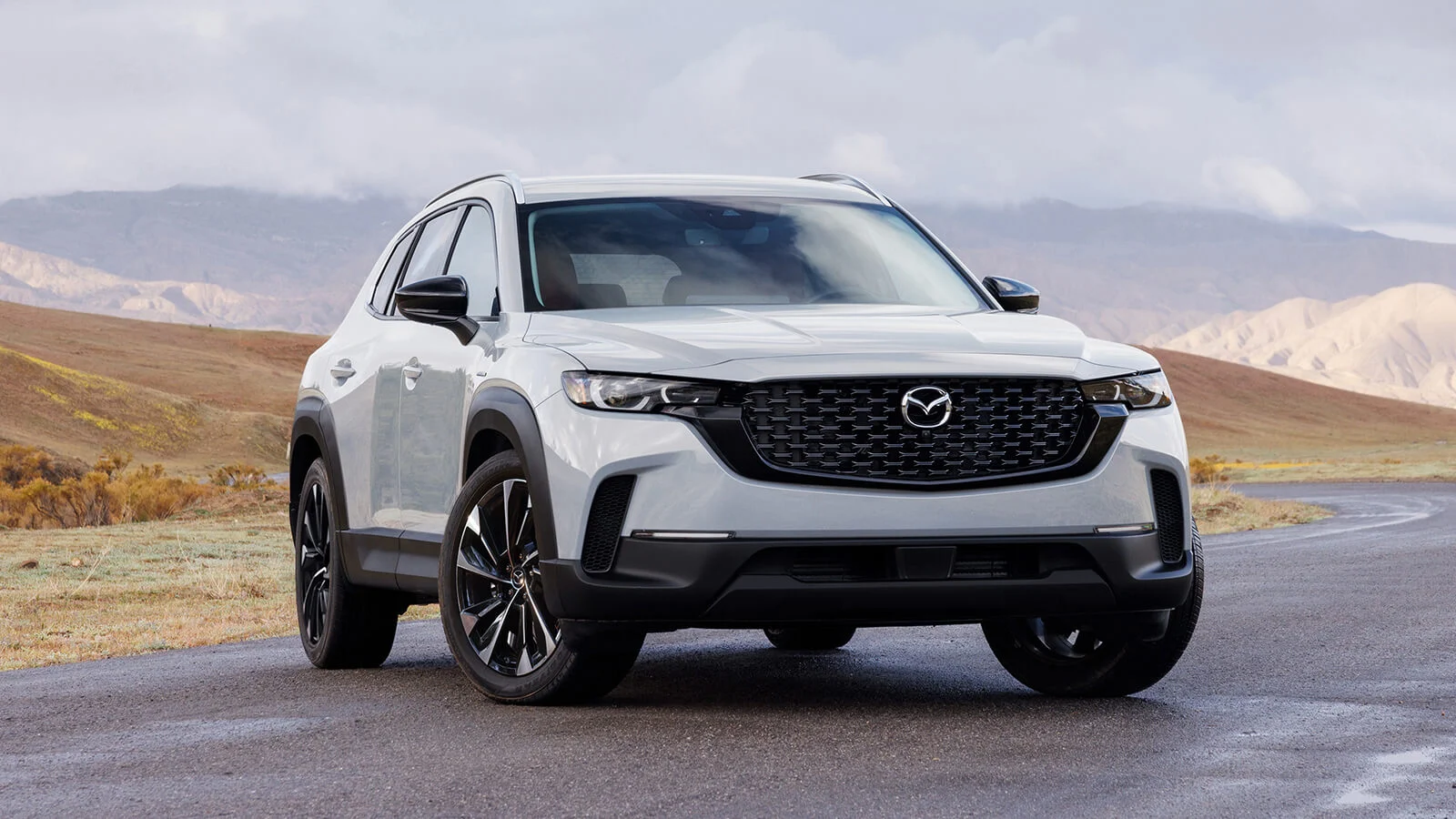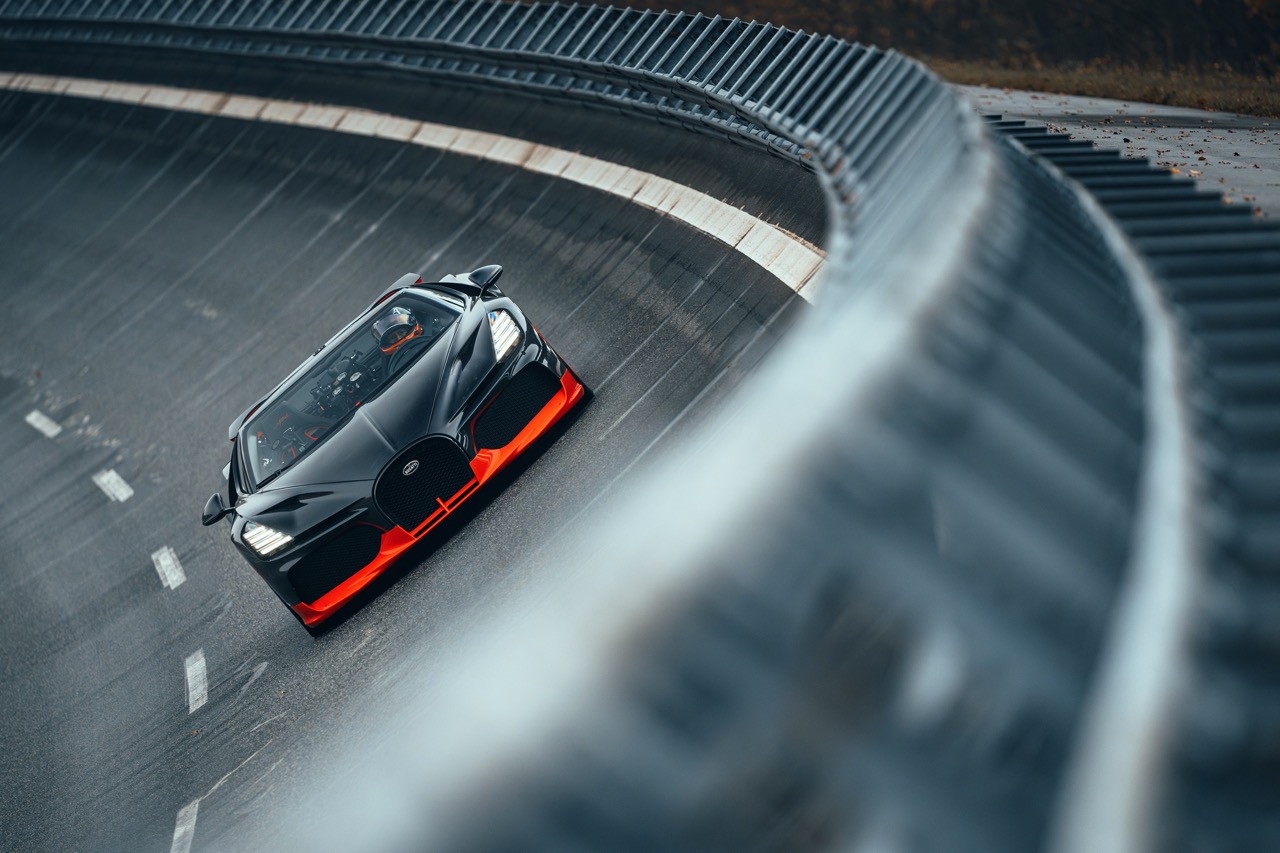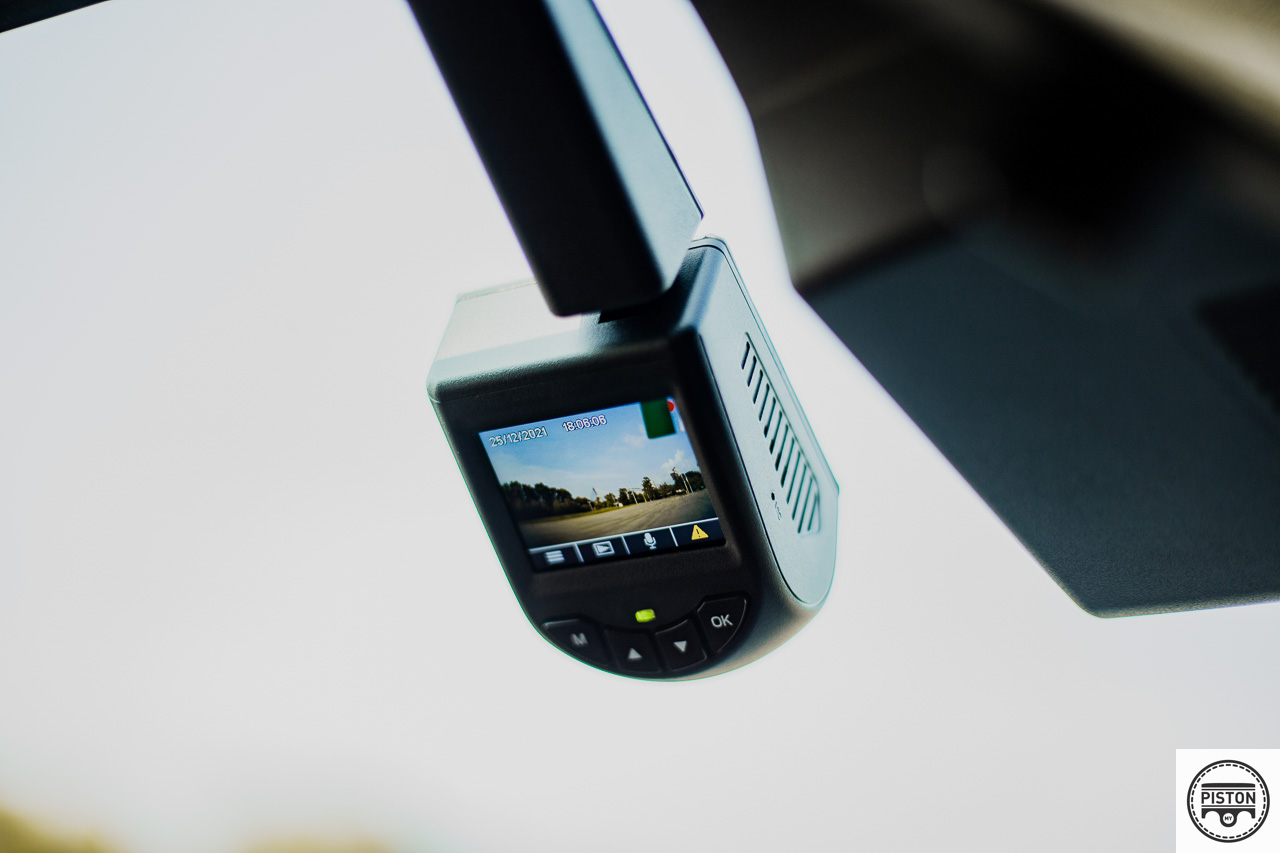The borders between states will open from Monday, October 11, for unrestricted travel and many will be driving long distances. Some may be doing so to visit loved ones they could not meet for a long time, and some may want to take a long drive after months of just driving around town, unable to go outside the state.
Before you start going on longer journeys, it’s a good idea to check your vehicle. It’s been parked at home for much longer periods than before (especially if you have been working from home) and although there should be no problems, long periods of not being used or under-utilisation may have a small effect on mechanical parts.
In fact, for many owners, the service schedule usually followed by mileage intervals may not be applicable over the past year as the mileage travelled would have decreased significantly. In this case, manufacturers recommend an interval based on time, usually a maximum of 6 months. This means that even if the mileage has not reached the usual interval but 6 months have passed, then you should send the vehicle in for the scheduled service.
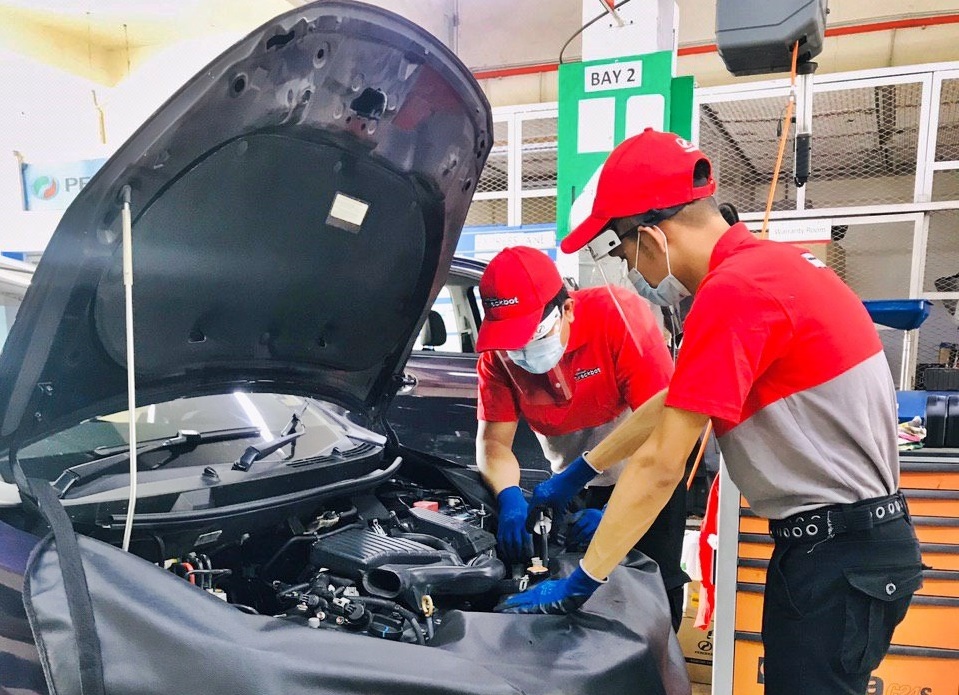
Fortunately, today’s vehicles require a lot less maintenance than the older ones. There are more electronic components in place of mechanical types and these have no moving parts to wear out. Many replaceable items also last longer, eg sparkplugs, air filters and even engine oil but they eventually need to be replaced so the engine operates at its best.
But there are still things that you, as an owner, can do yourself and should do so prior to every long-distance trip. This is to minimise the possibility of a breakdown (or worse, an accident) due to failure of some system. It can spoil your holiday and cause much inconvenience if you are on the highway and worse if you are on a country road. Fortunately, insurance and car companies as well as highway concessionaires like PLUS provide rescue services that can provide assistance.
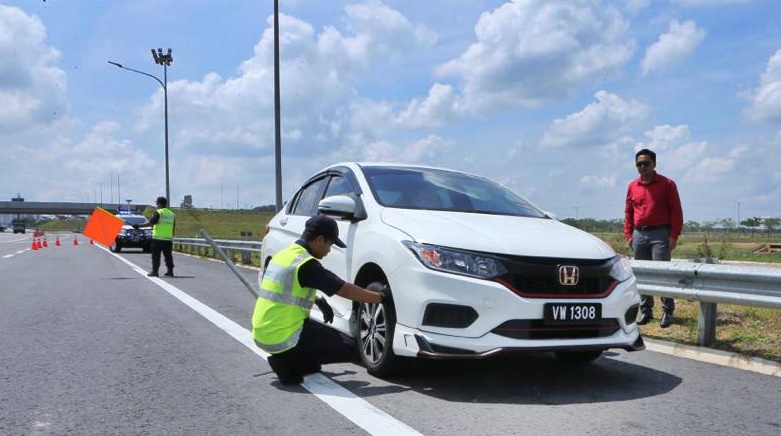
TYRE PRESSURES
Over time, tyres lose some of their air and the pressures start to be lower than what is recommended. Unless there is a puncture, the loss is gradual and often not noticeable just by looking at the tyres. Modern tyres also have a stronger construction which ‘masks’ under-inflation so little difference might be felt in the steering.
This is why it is useful to have a tyre pressure gauge. It is available in accessory and hardware shops and isn’t very expensive. You can use it to check the pressures regularly or when you suspect something may be wrong. Carry out the checks when the tyres are cold for consistency as tyres will heat up at different rates when they are rolling. If you cannot do so but need to check as you are driving, then compare the pressures and if one shows a very big difference from the others, it is possible that it has a puncture or a faulty valve.
When checking the pressures of the four tyres, don’t forget the spare as well. Many people do not do so from the time they get their new car and then one day, when they do need it and take it out, they find that it is almost flat! As it may be troublesome to check the spare regularly if you keep other things in the boot, you can inflate it higher than normal so it will have more air for a longer period.
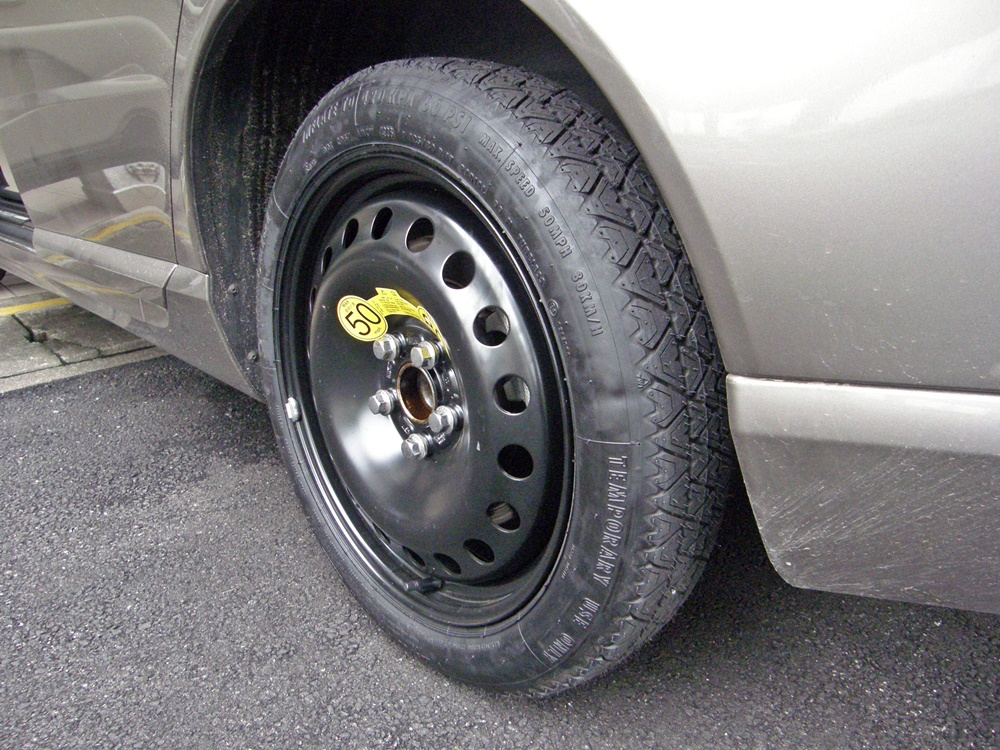
Many cars nowadays also have emergency tyres or ‘space-saver’ tyres. These are thinner tyres with higher pressures in them. They are lighter and take up less space but they are meant only for emergency use. They are only for replacing a punctured tyre so you can get to a tyre shop for repairs or replacement. Furthermore, you should not drive at over 80 km/h and remove them when not needed. They too need their pressures checked and the correct pressure is usually shown on the sidewall.
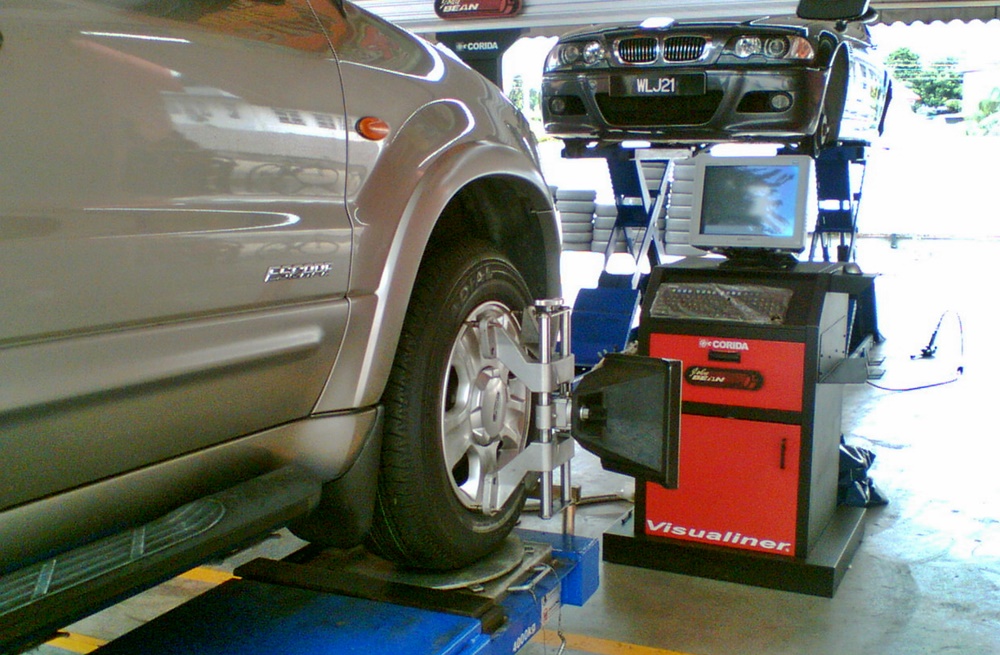
It would also be a good idea to check the tyres for nails before a long journey. Look carefully at the tyre tread area and remove sharp stones that are stuck. Generally, a tyre should wear out evenly over the whole tread area; if you see that it is uneven in some way, ask a tyre shop to check the alignment and balance.
FLUID LEVELS
There are various sensors in modern engines to monitor various fluid levels but it is still a good idea to do it the ‘traditional’ way – using your eyes. The oil level is usually checked by taking out the dipstick and looking at the level in relation to markings (this is usually explained in the manual). Other fluid levels to check would be the brake fluid, windscreen washer fluid and radiator coolant. These are in translucent containers with markings showing the levels. Be sure they are all within the normal range and top up if necessary.
A word of warning: a low brake fluid level is often an indication that the brake pads are worn out. So if the level is quite low, you should have the brake pads checked and replaced if they don’t have much friction material left. You’ll be surprised how fast the material gets worn out when a little is left.
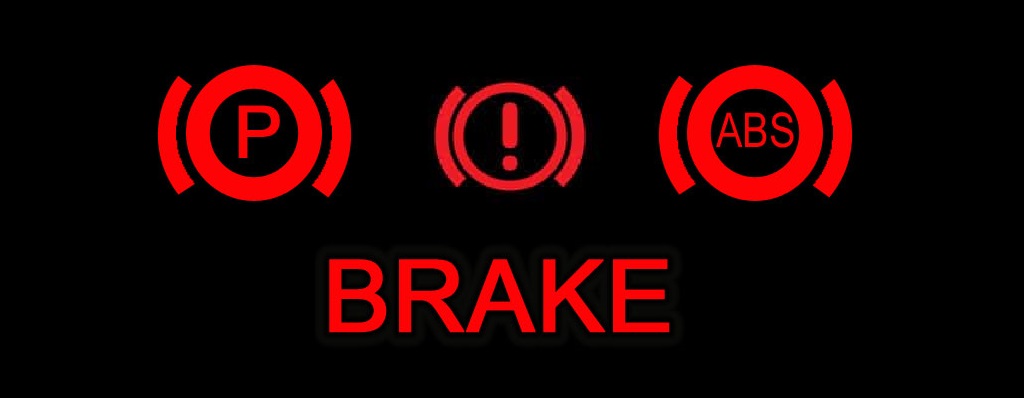
If your vehicle is equipped with a maintenance-free battery, then no check is needed. However, if it is the conventional type, then you need to look at the level inside. The plates should be covered with fluid and if they are not, then distilled water (referred to as ‘battery water’) can be added. Be sure not to over-fill as the acid in the battery will spill out and cause corrosion which is hard to remove.
ALL THE LIGHTS
Modern lighting systems on cars are more long-lasting and if there is a failure, there is likely to be a warning on the instrument panel. For older cars, though, the only way is to check by actually switching them on and off. Every lighting system is important for safety – the headlights to illuminate the road ahead, the signal lights to show your intentions and the brake lights to alert other drivers that your vehicle is coming to a stop or stopped. Therefore, they all need to be in good working order (also a legal requirements) and you should be sure they are.
CABLES AND HOSES
You can also check the condition of wires, cables and hoses. Hoses are usually for the engine cooling system or the air-conditioning system. Of these, the radiator hoses are the ones that need checking. Over time, they may deteriorate and if not changed, they could rupture or leak. Of course, with many modern cars, it is also impossible to see the cables as the engine bay is to tightly packed or has covers. In this case, you would probably have to rely on the service centre to do the checks.
Many authorised service centres have an inspection service that checks all the important areas and items. This is usually a public service and offered free to customers, especially during festive seasons, as a way to help reduce accidents. Perodua, for instance, has their free Tweckbot service that ensures vehicles are in a safe and good running condition.
THE WIPERS AND GLASS
This is something that many do not check and like tyre pressures, wiper blades deteriorate so gradually that the change is not noticeable. Their wiping performance becomes less effective as the rubber wears out and the wearing may not be consistent so there will be some patches of water left on the glass. This means they should be replaced and doing so is not difficult. Unless you own a Bugatti or some very rare model, most workshops and spare parts shops will be able to provide a replacement set as there are universal designs. Don’t delay on replacing worn wiper blades as they are vital for driving safety on rainy days.
The windscreen glass also needs to be clean to ensure clear visibility. There are many spray-on cleaners that can be used to clean them inside and outside. Be sure to wipe thoroughly as areas that are not cleaned properly will deflect light and causing irritating flare. To keep the outside clean, pour some windscreen washer fluid into the container. This usually contains some additives to remove oil and other dirt.
In the past, articles on vehicle maintenance would usually end with a reminder to drive safely. Today, we also need to remind you of the need to adhere to Standard Operating Procedures related to the COVID-19 pandemic. Do keep spare facemasks in the vehicle and have hand sanitizers and antiseptic wipes as well. If you feel better using gloves as additional protection, be sure not to use the disposable plastic type when refuelling as static can occur and start a fire or even an explosion. When at R&R or any public area, remember social distancing and stay at least 1 metre apart.
Stay safe, stay healthy and happy motoring!


